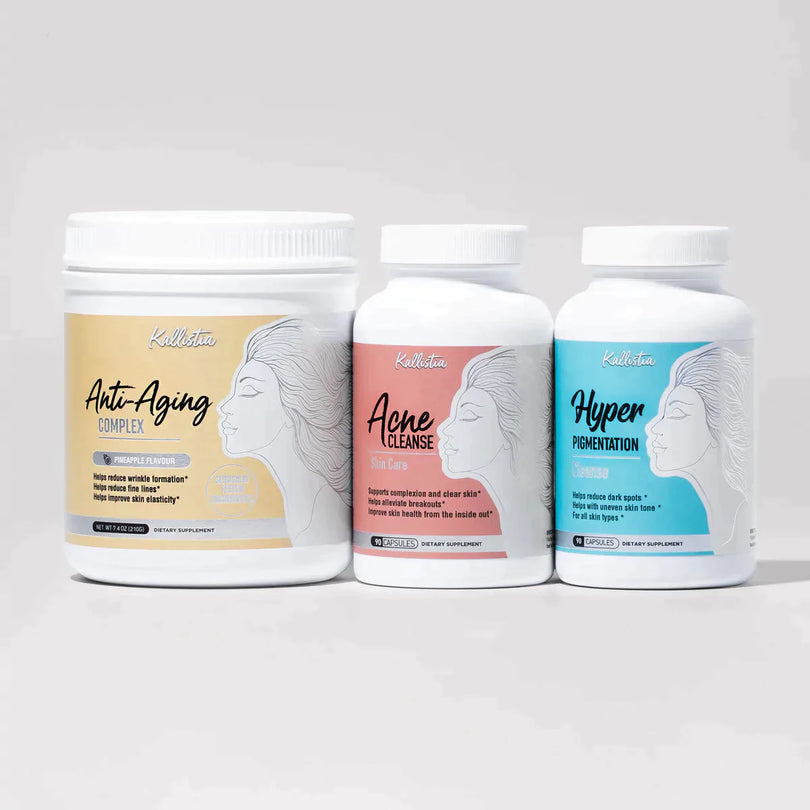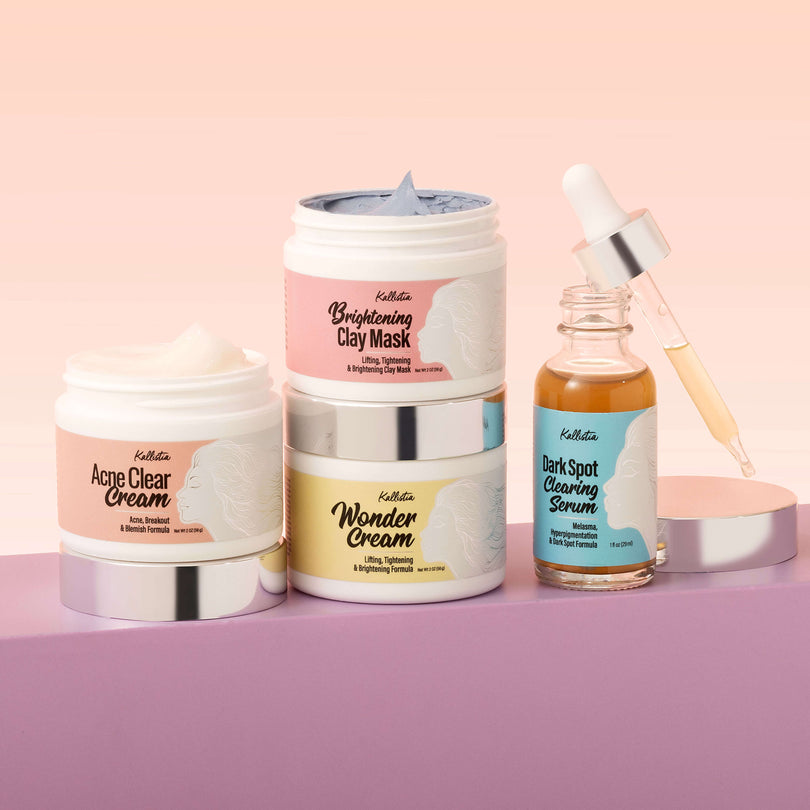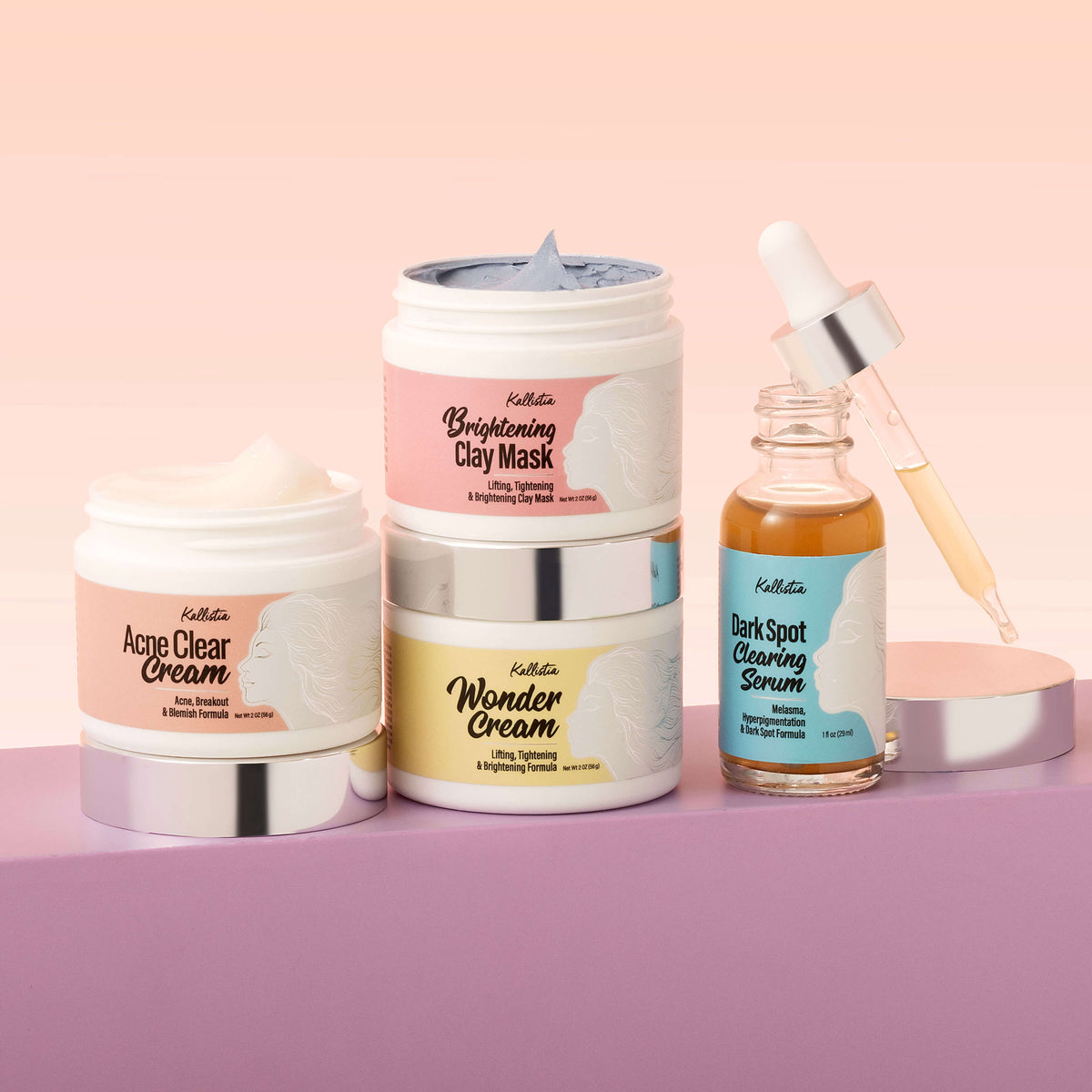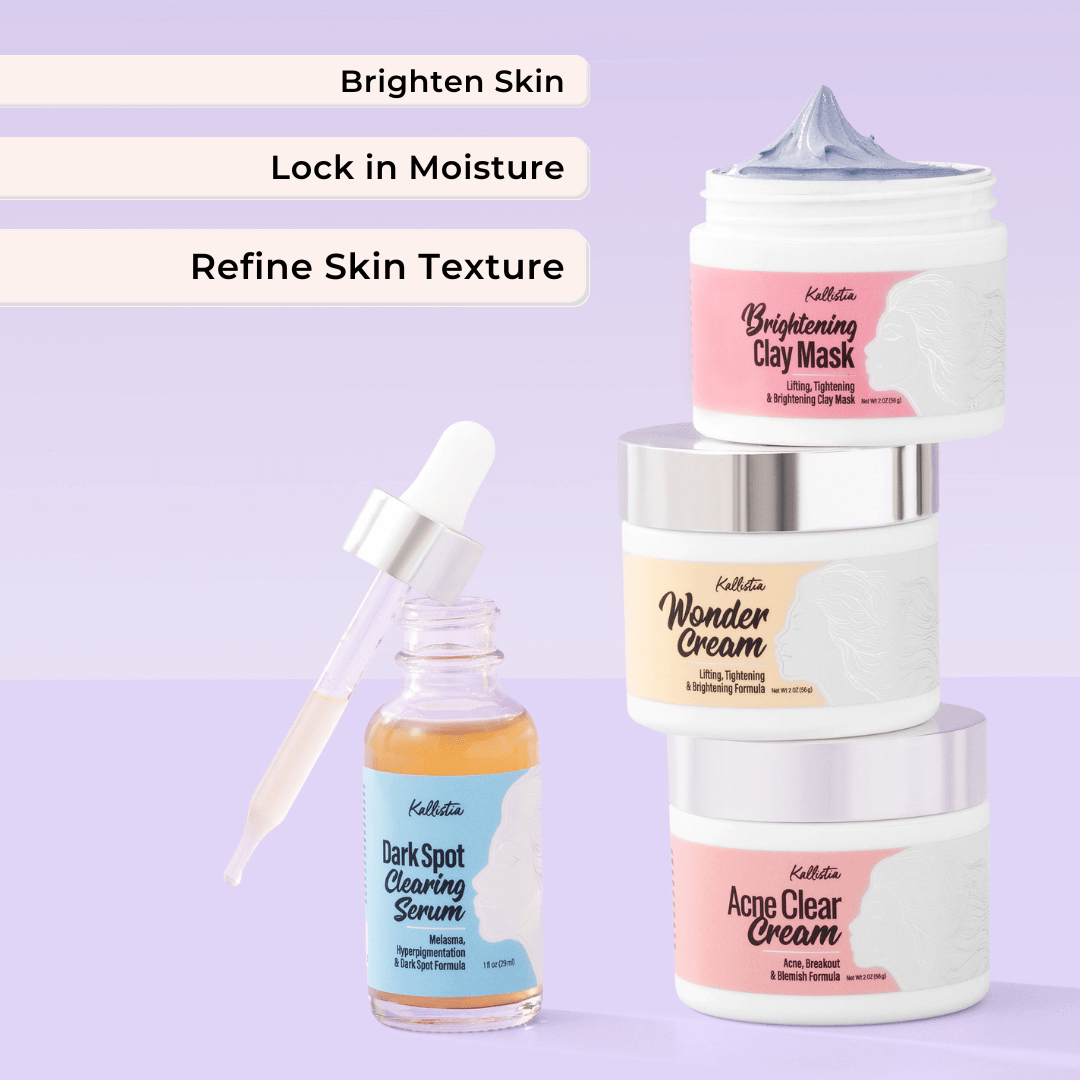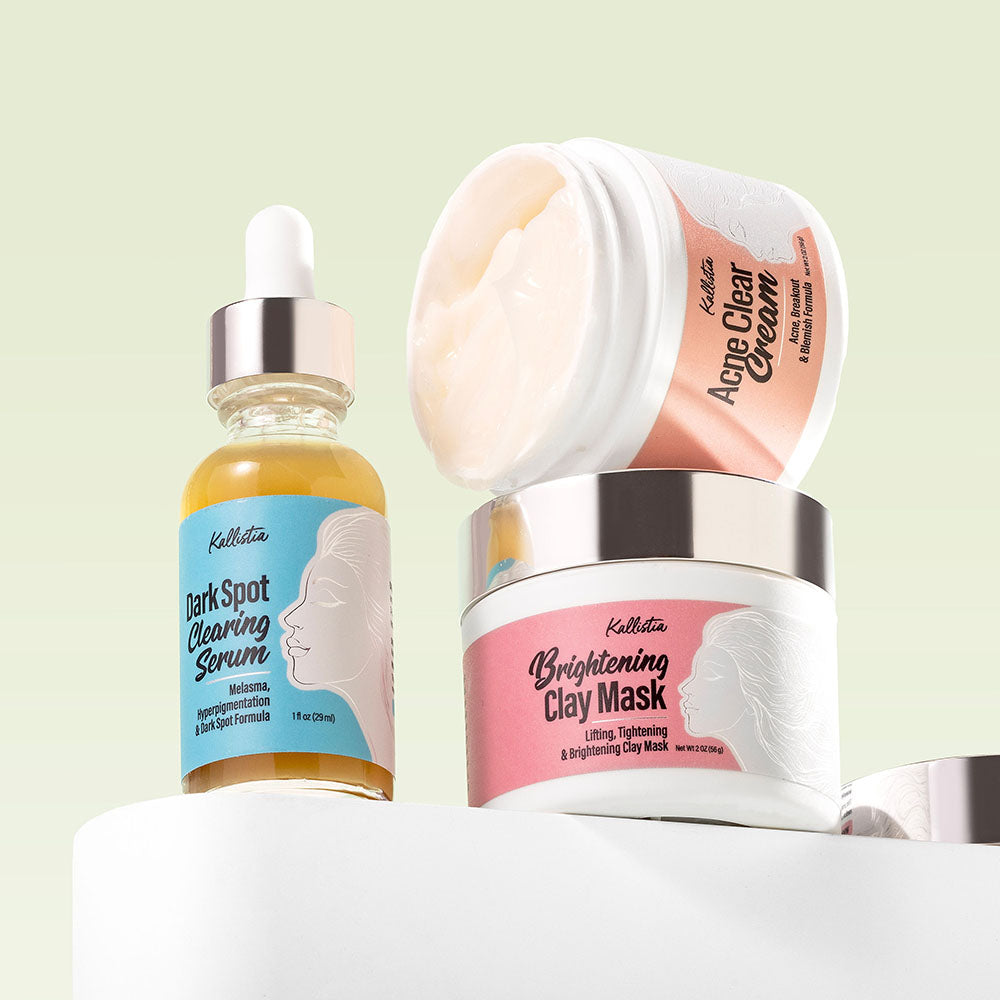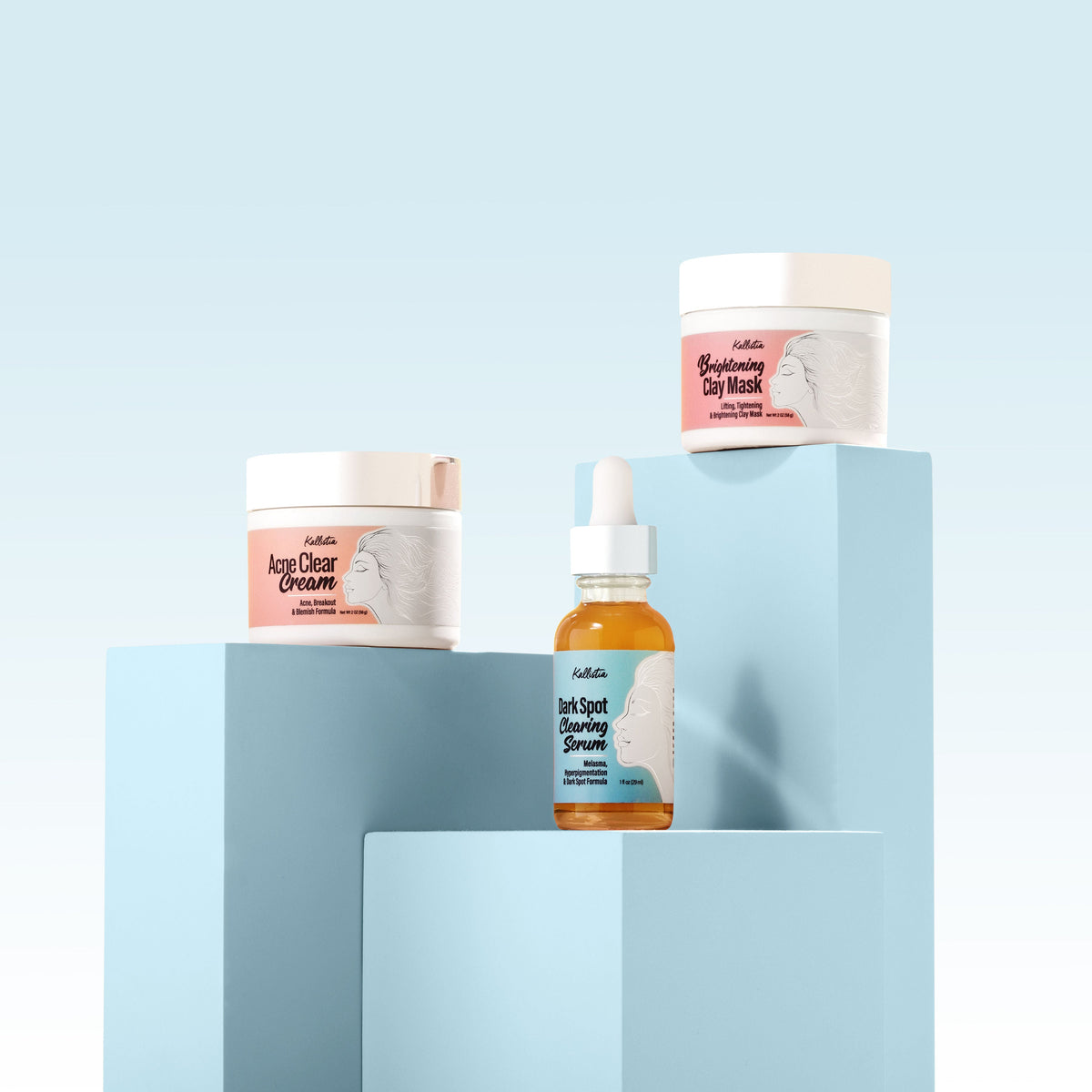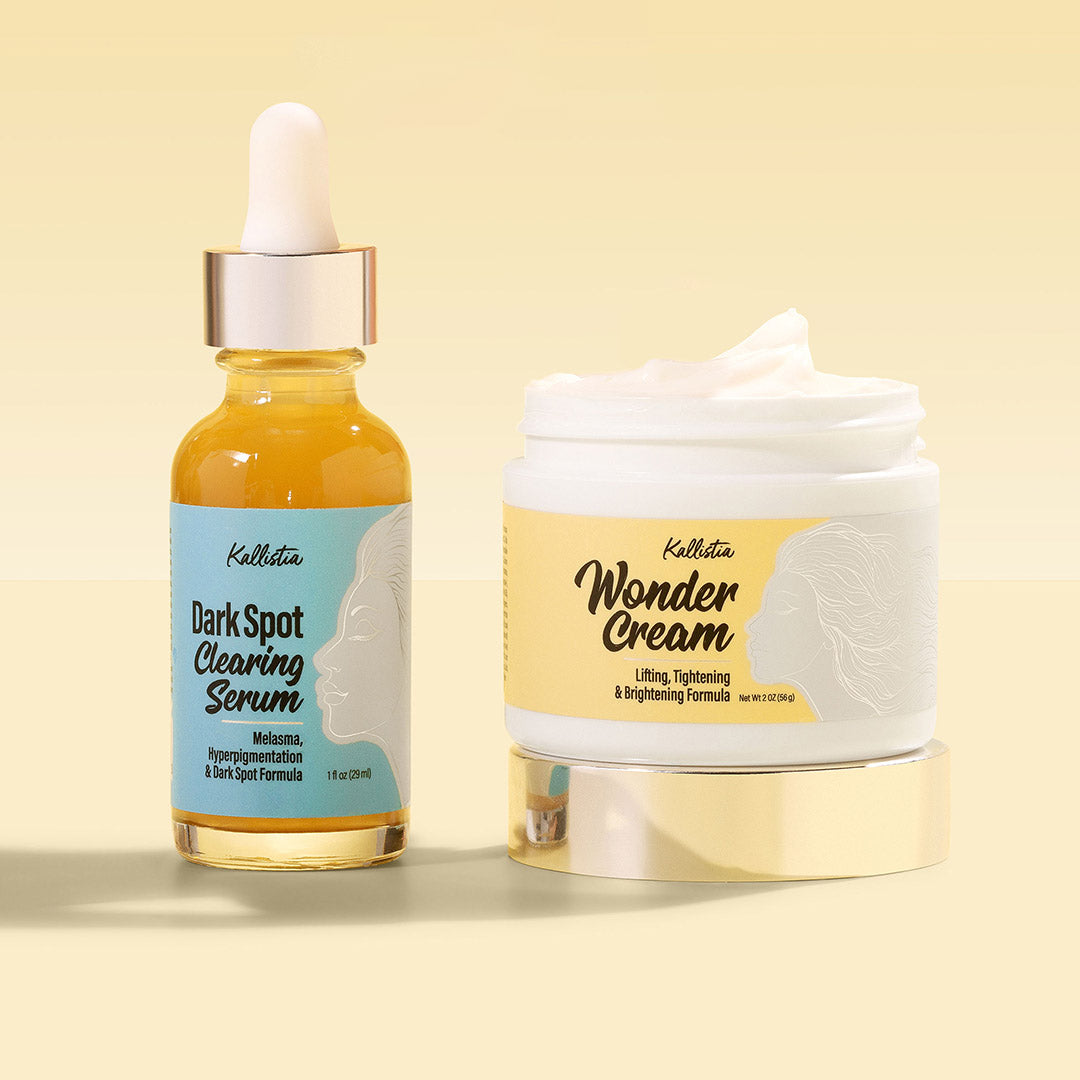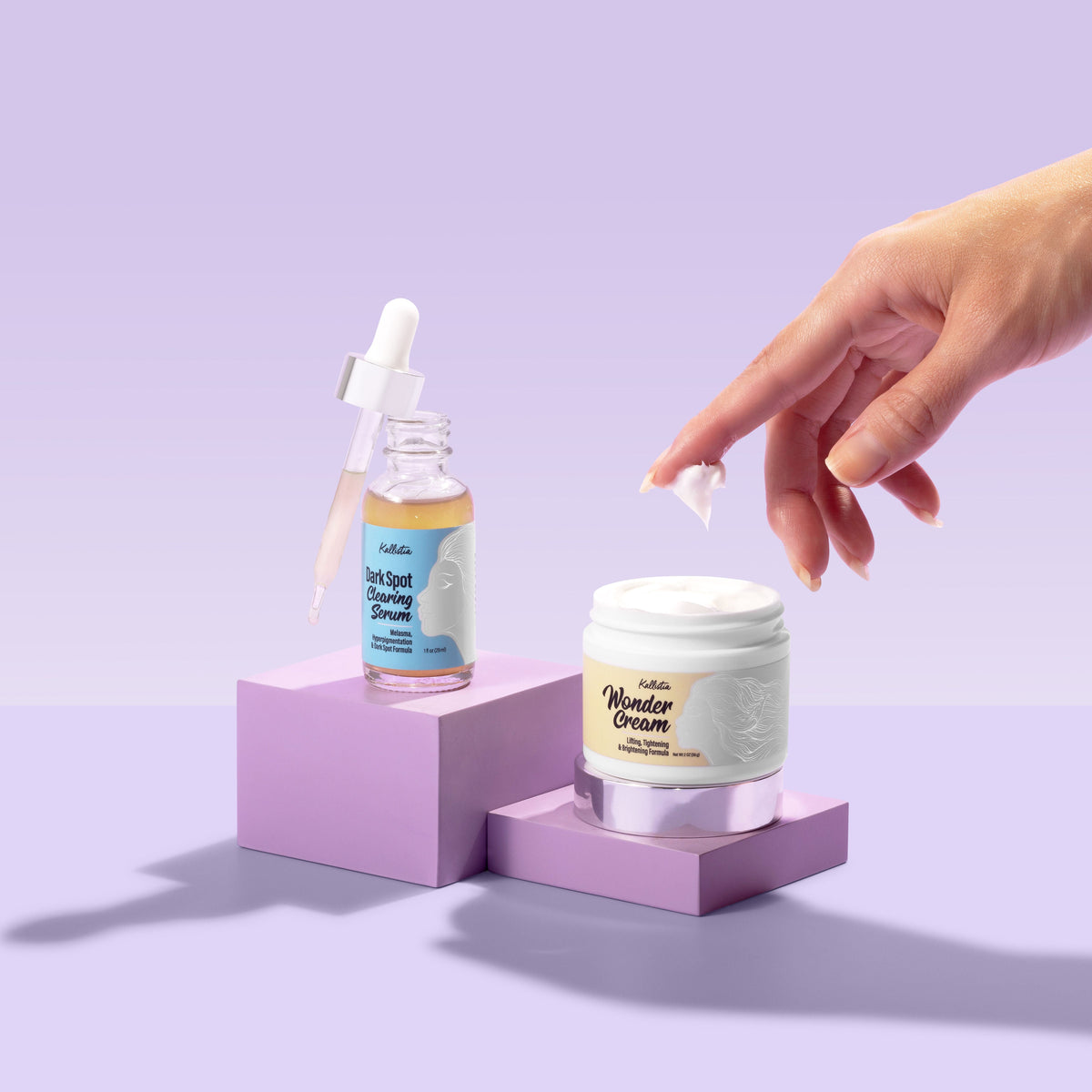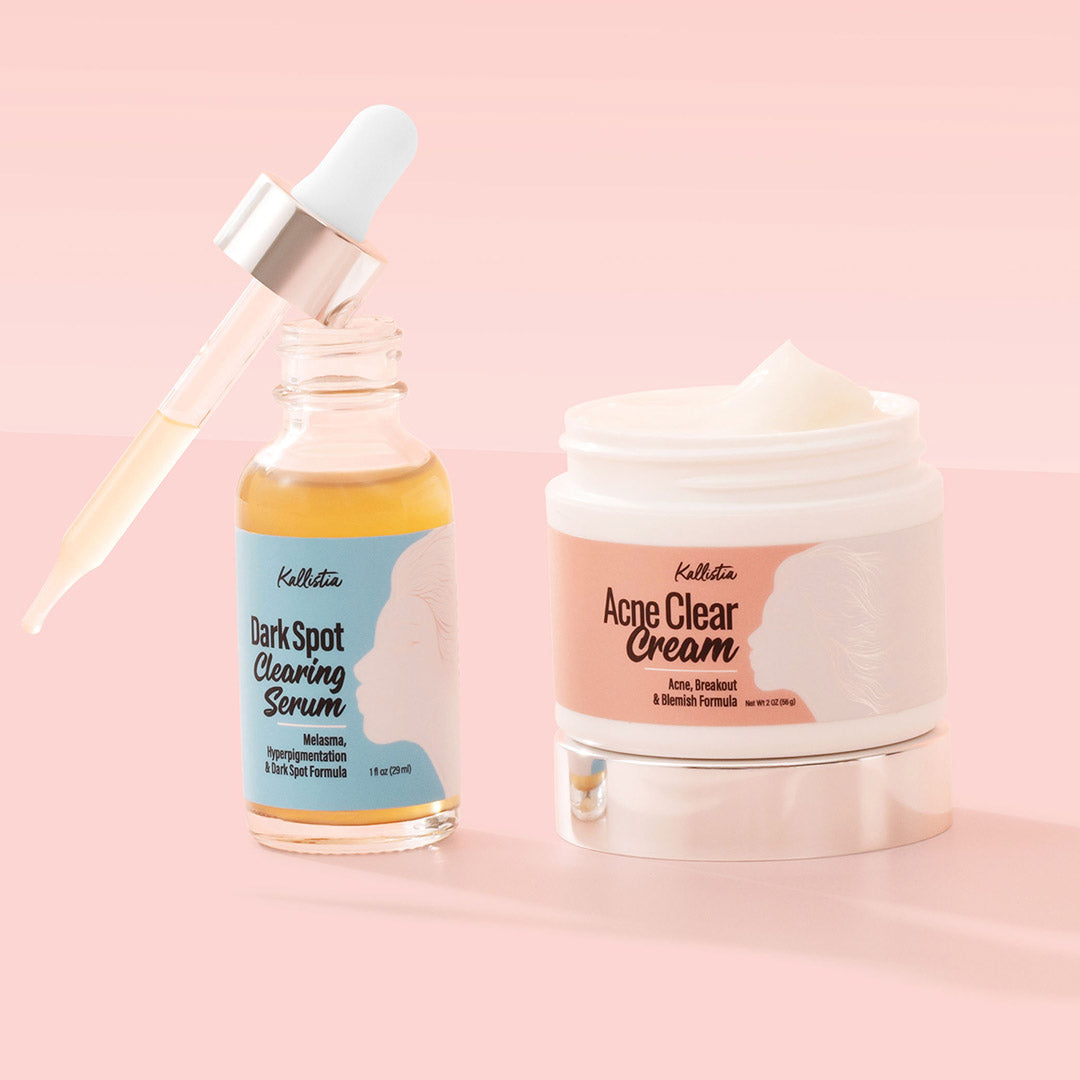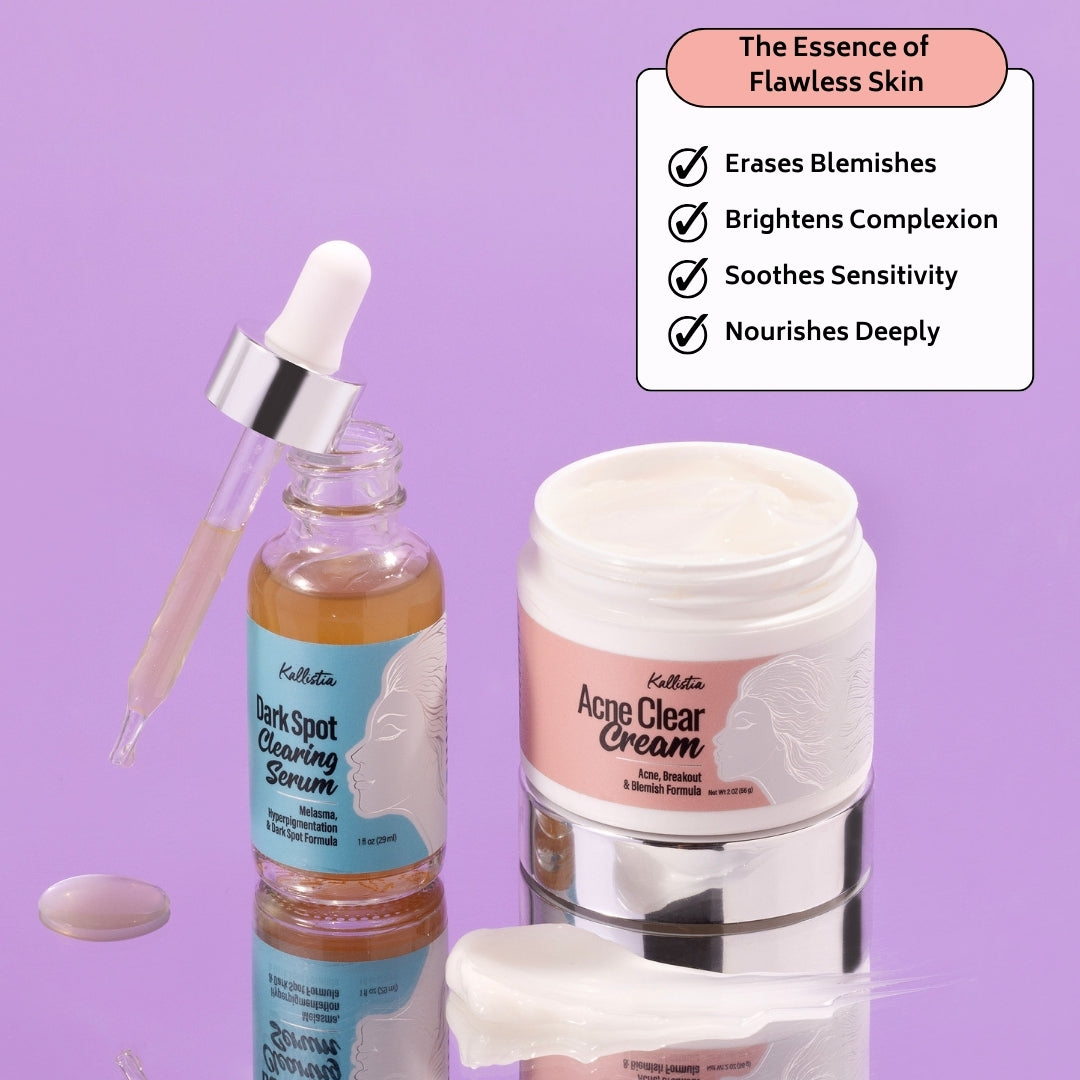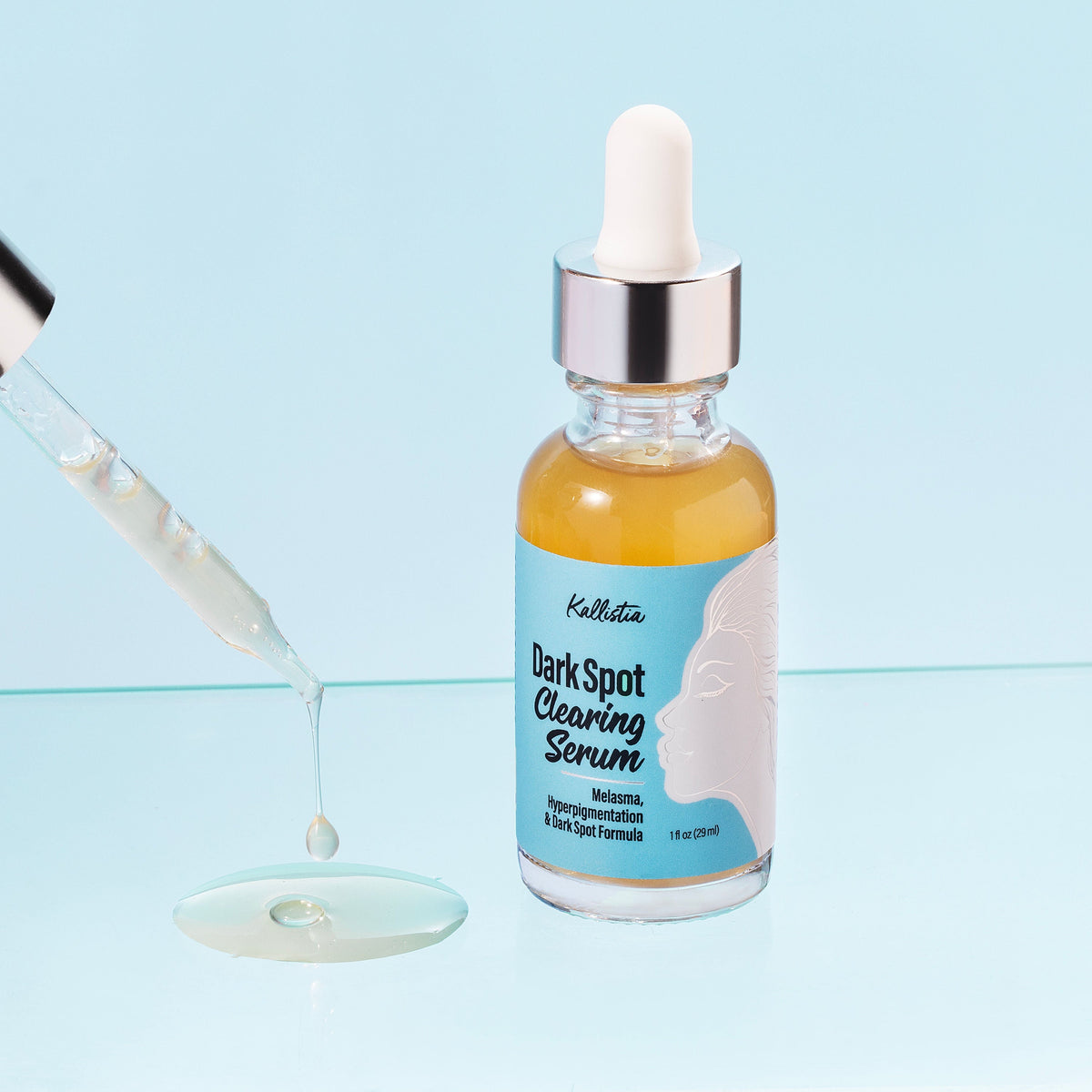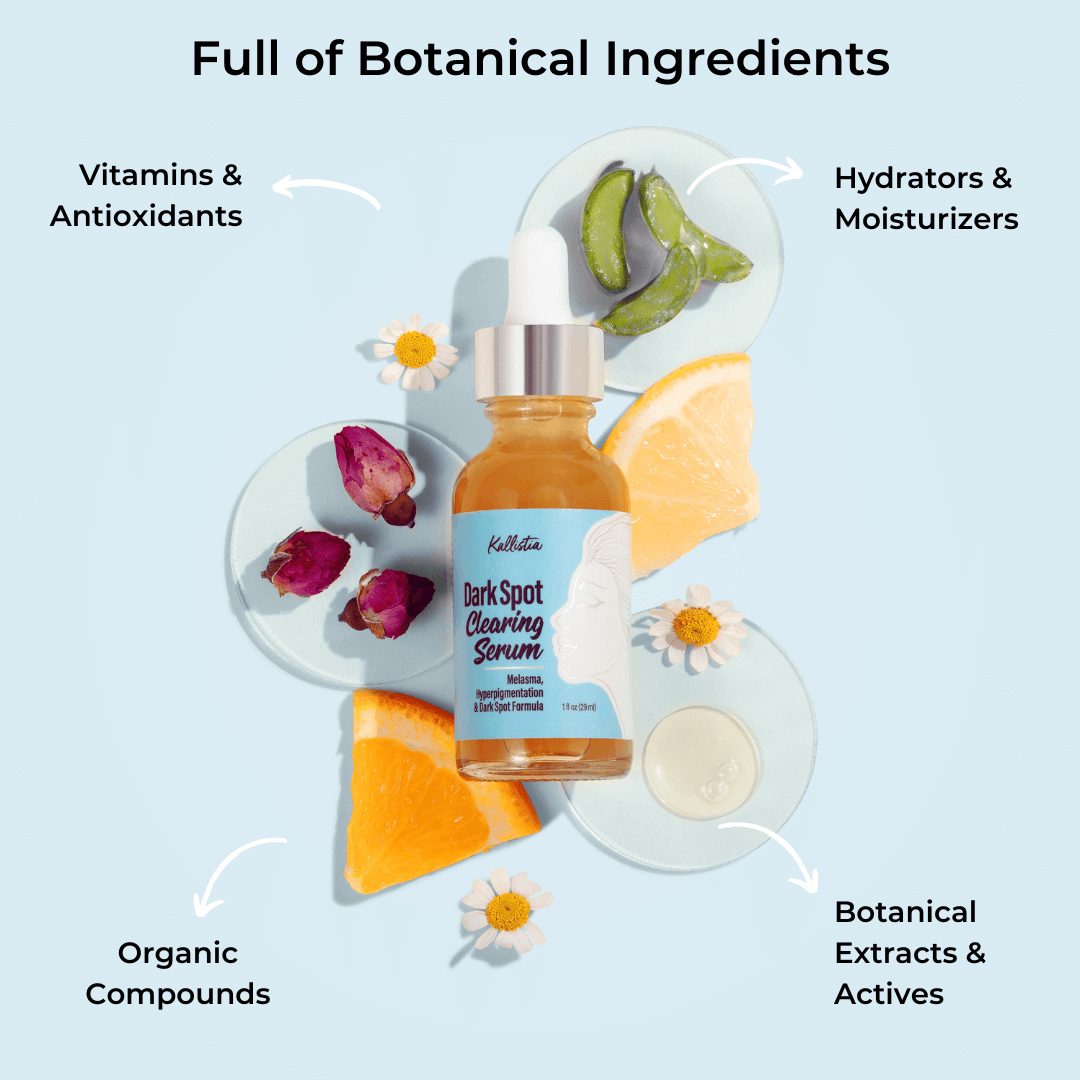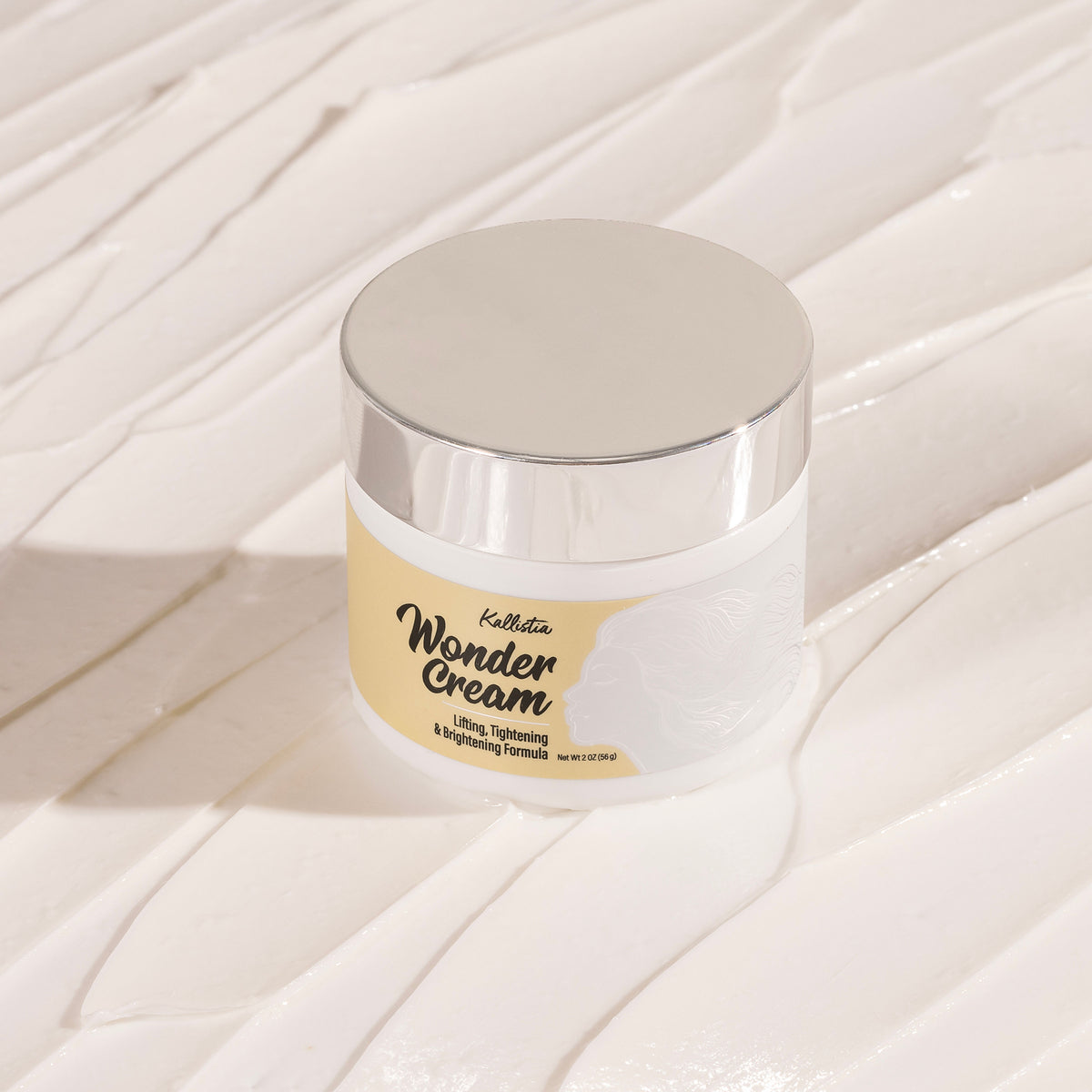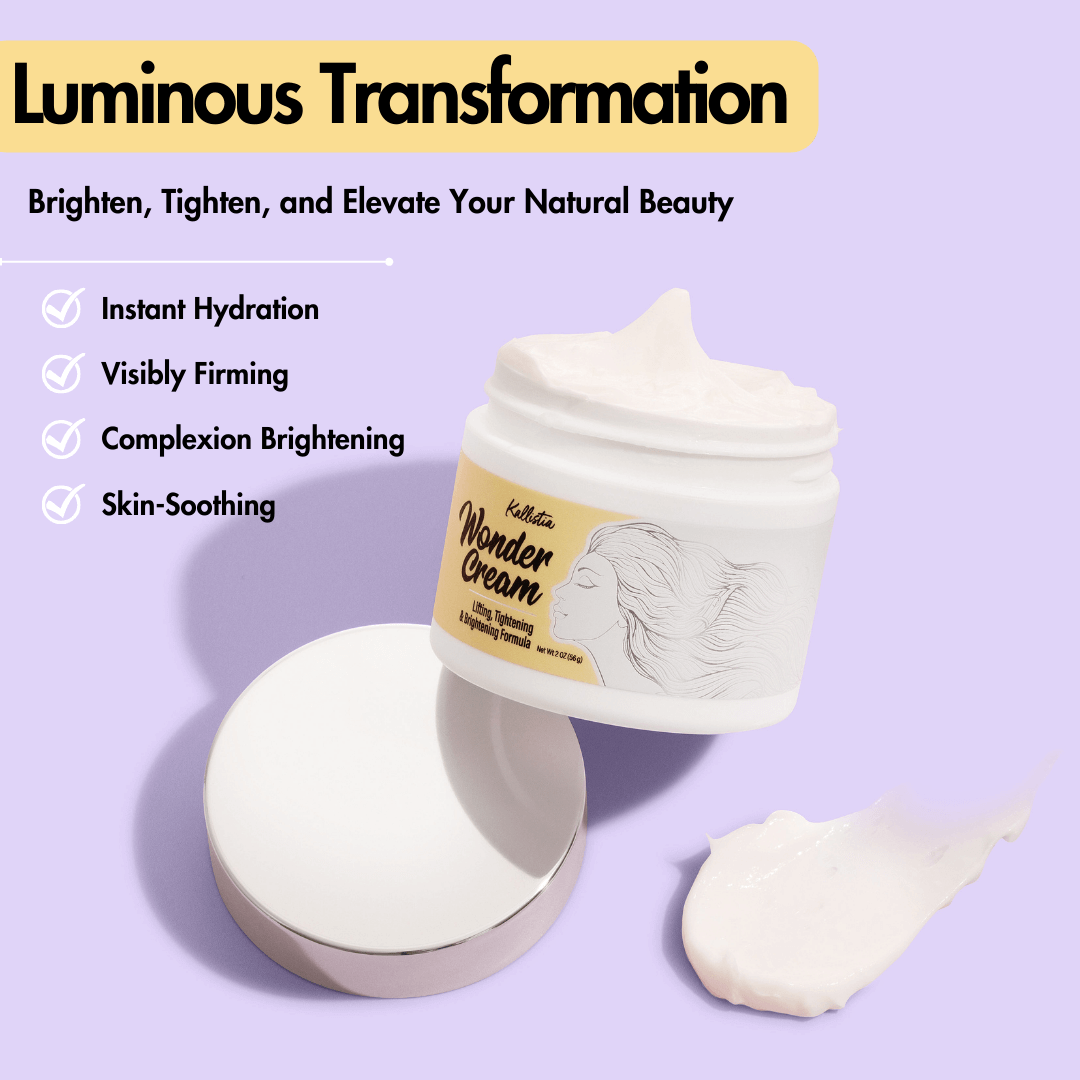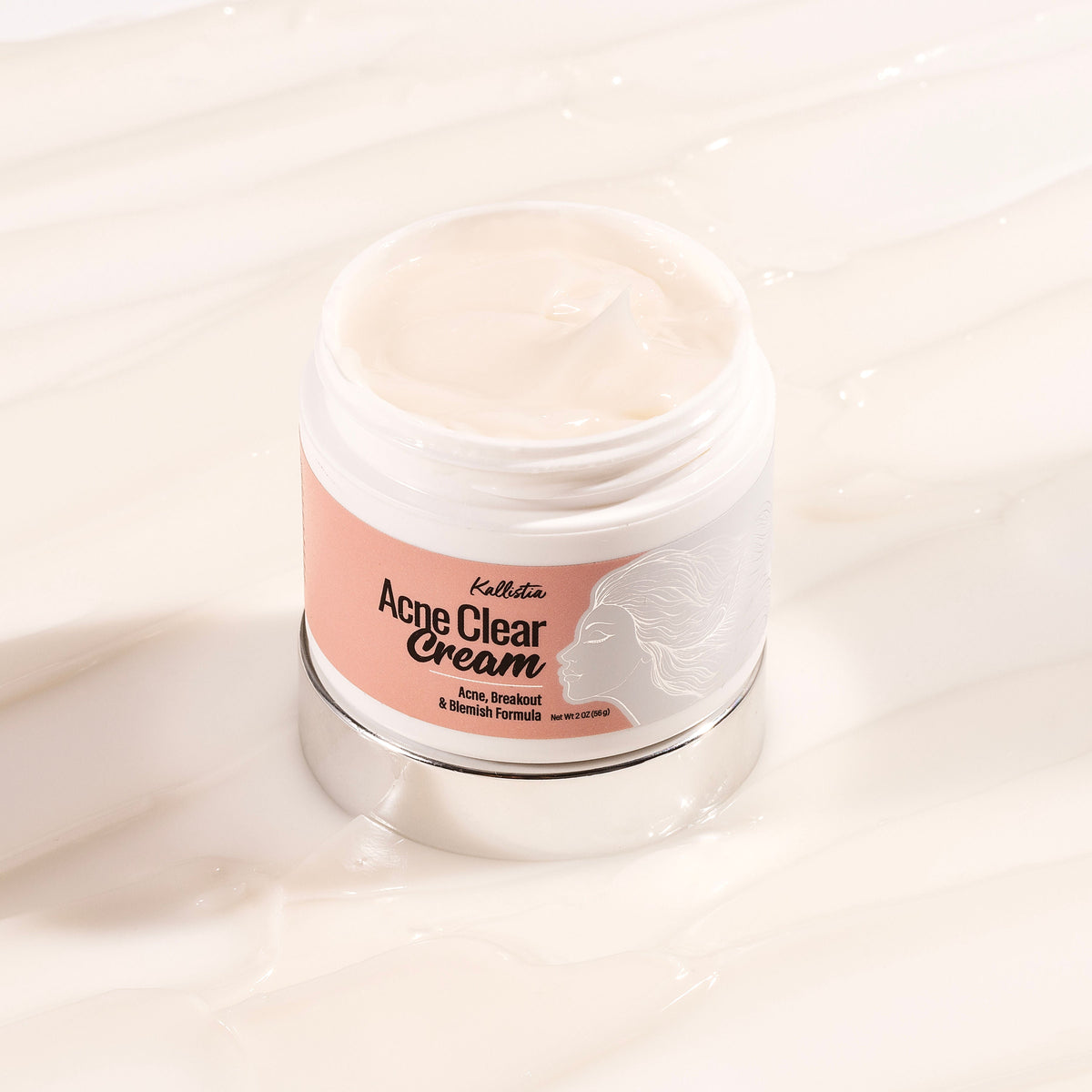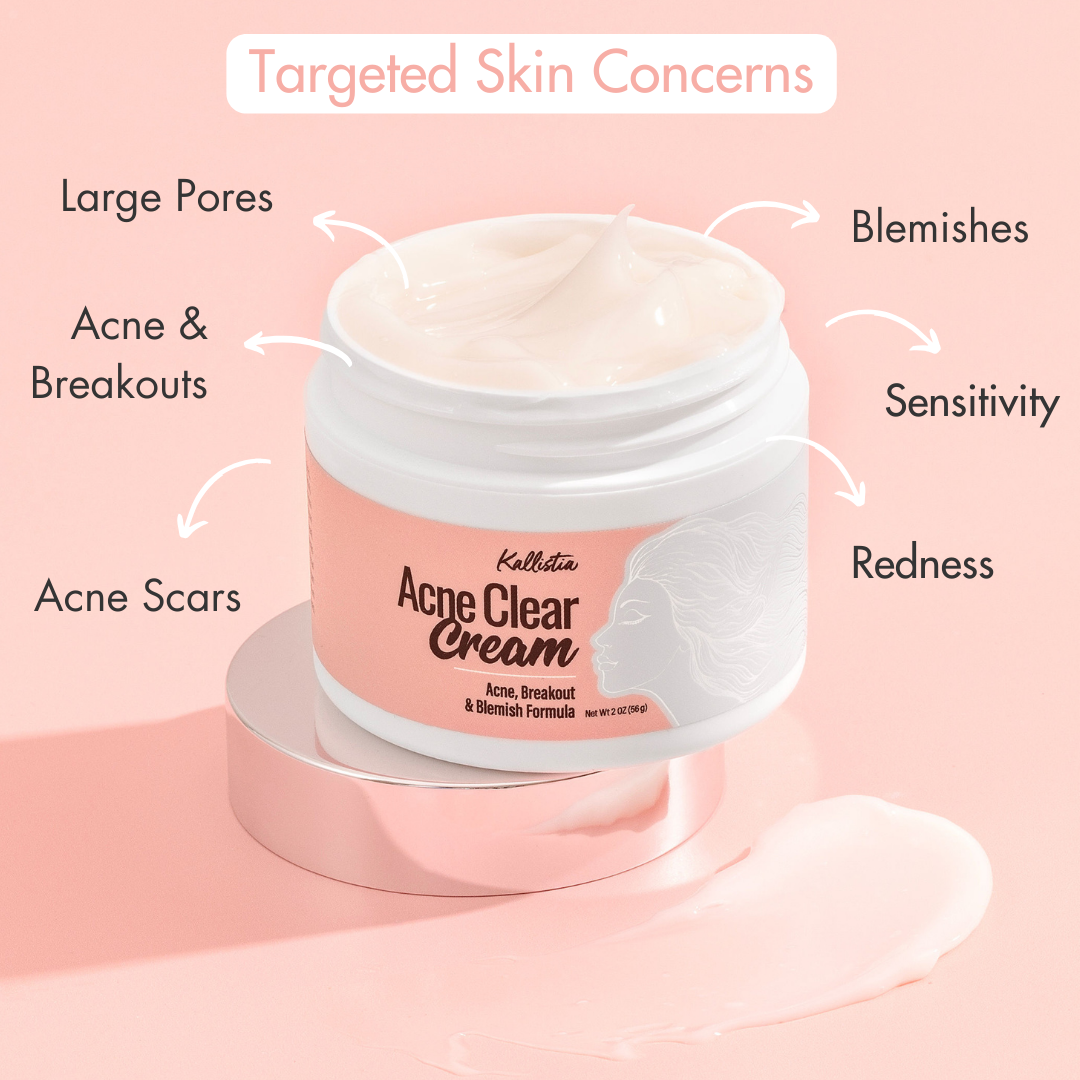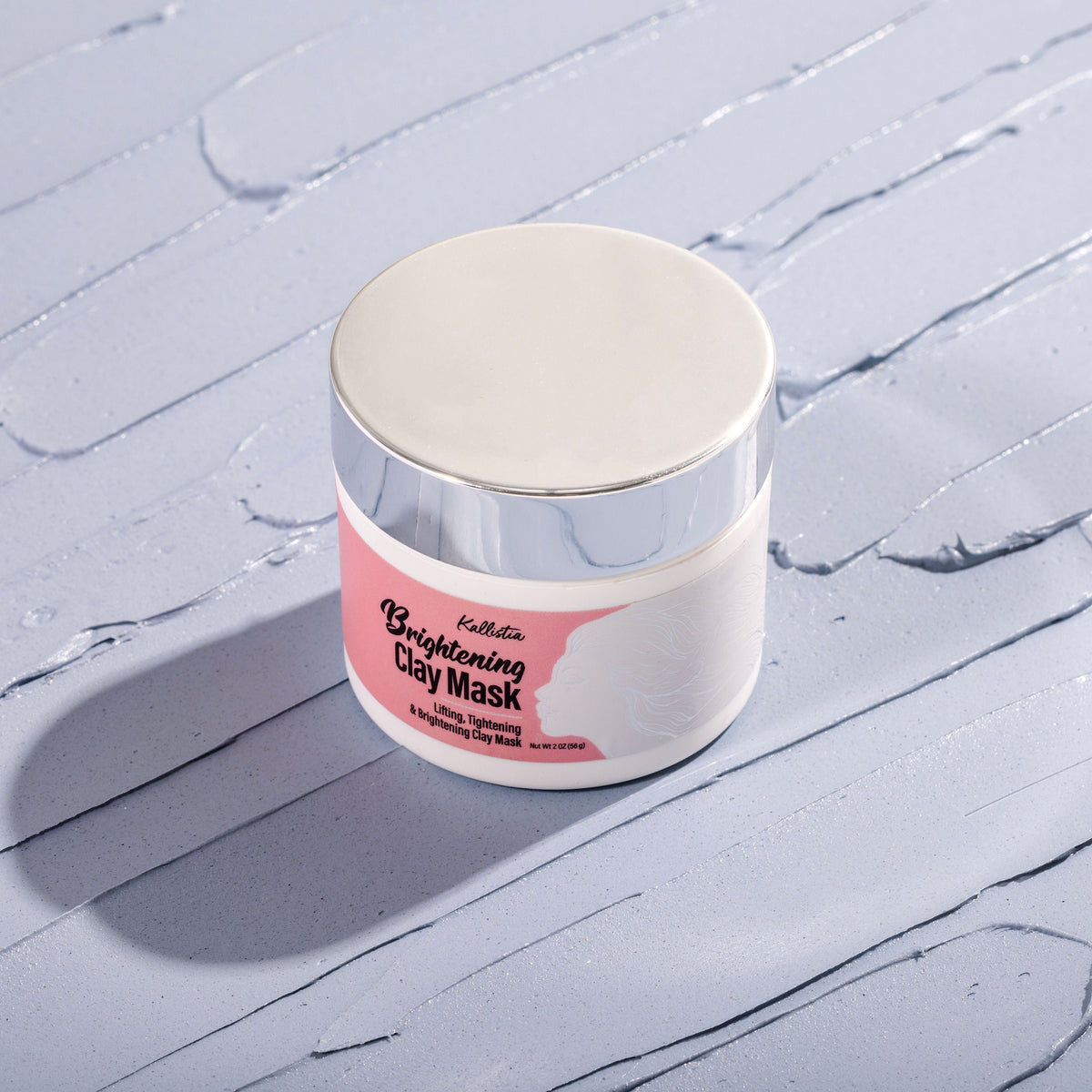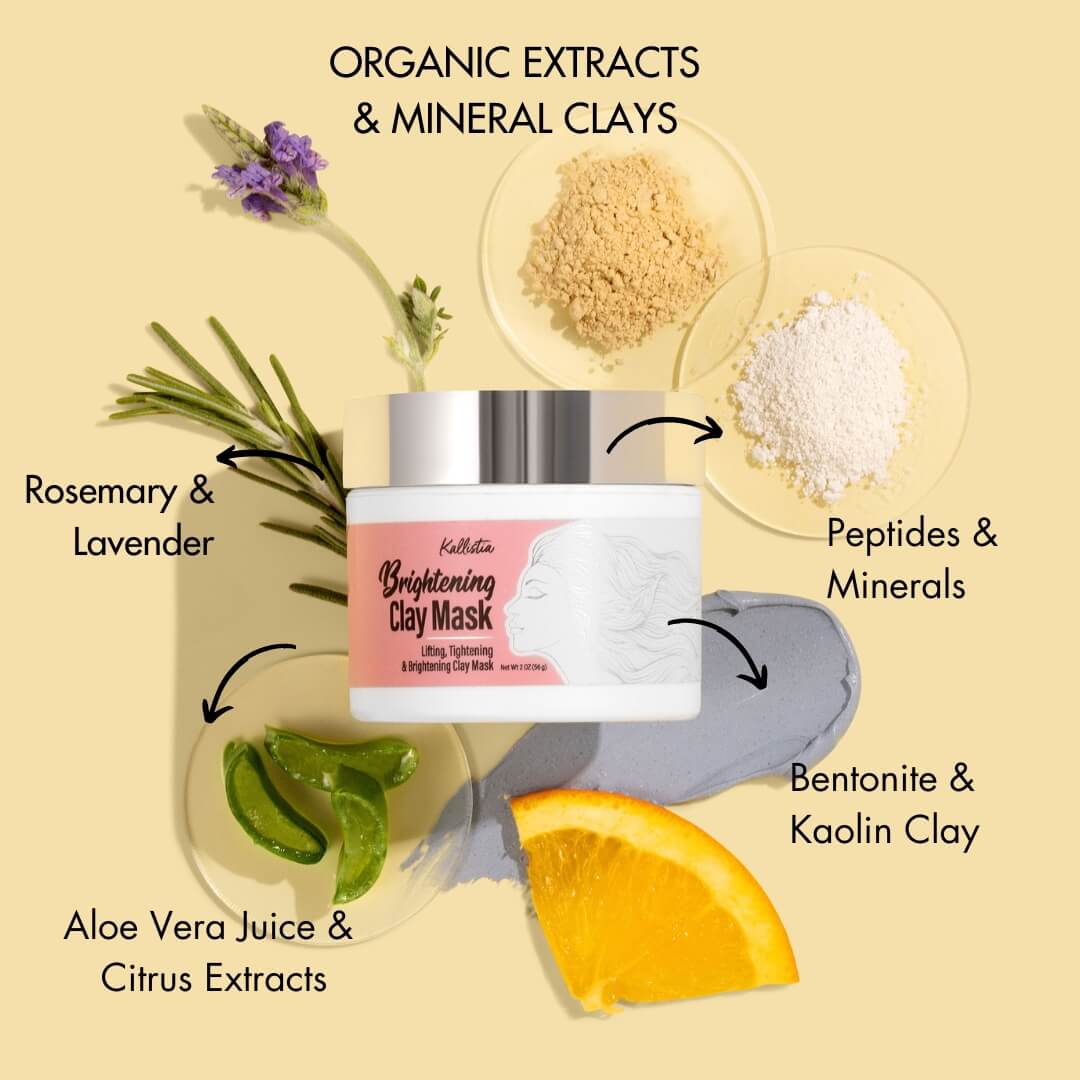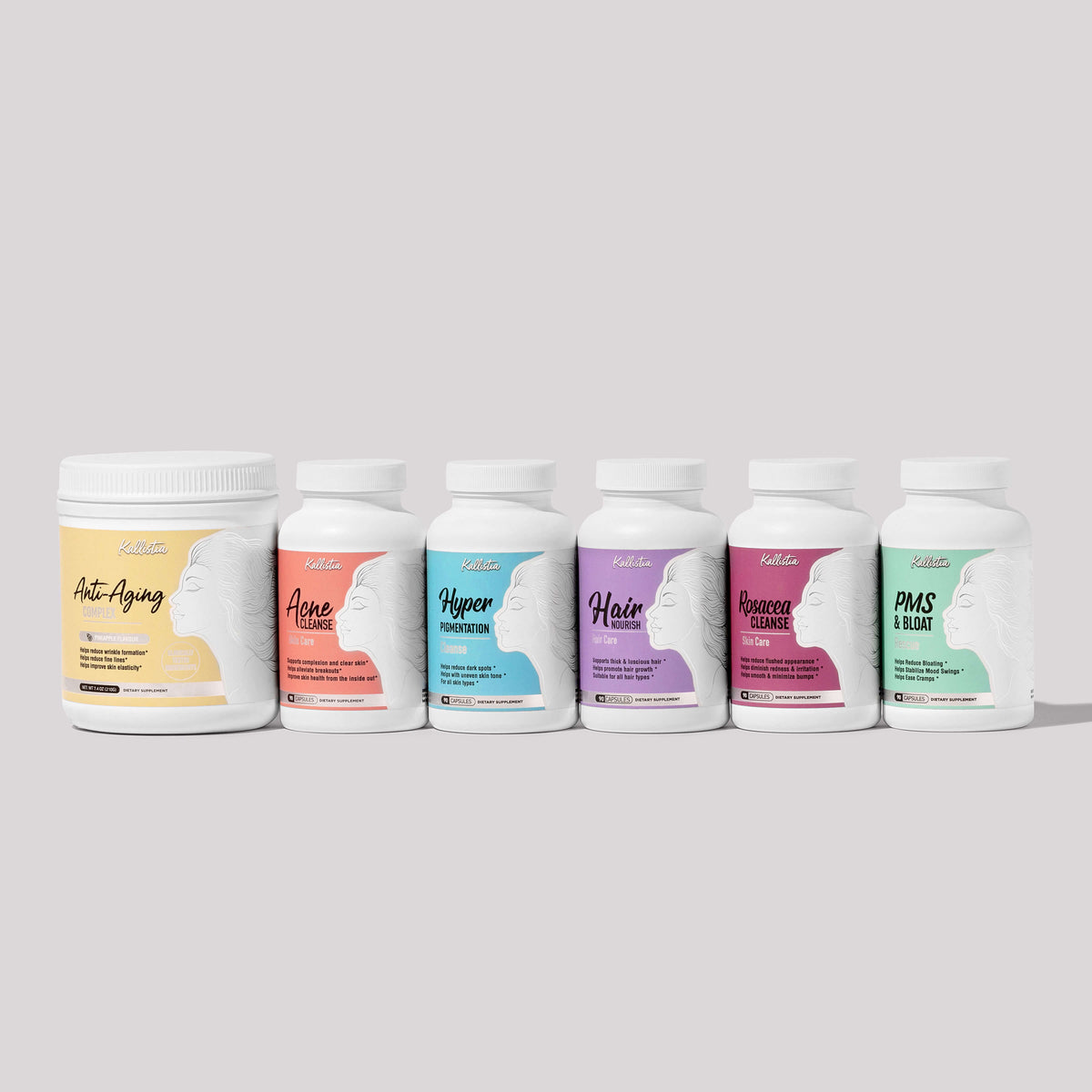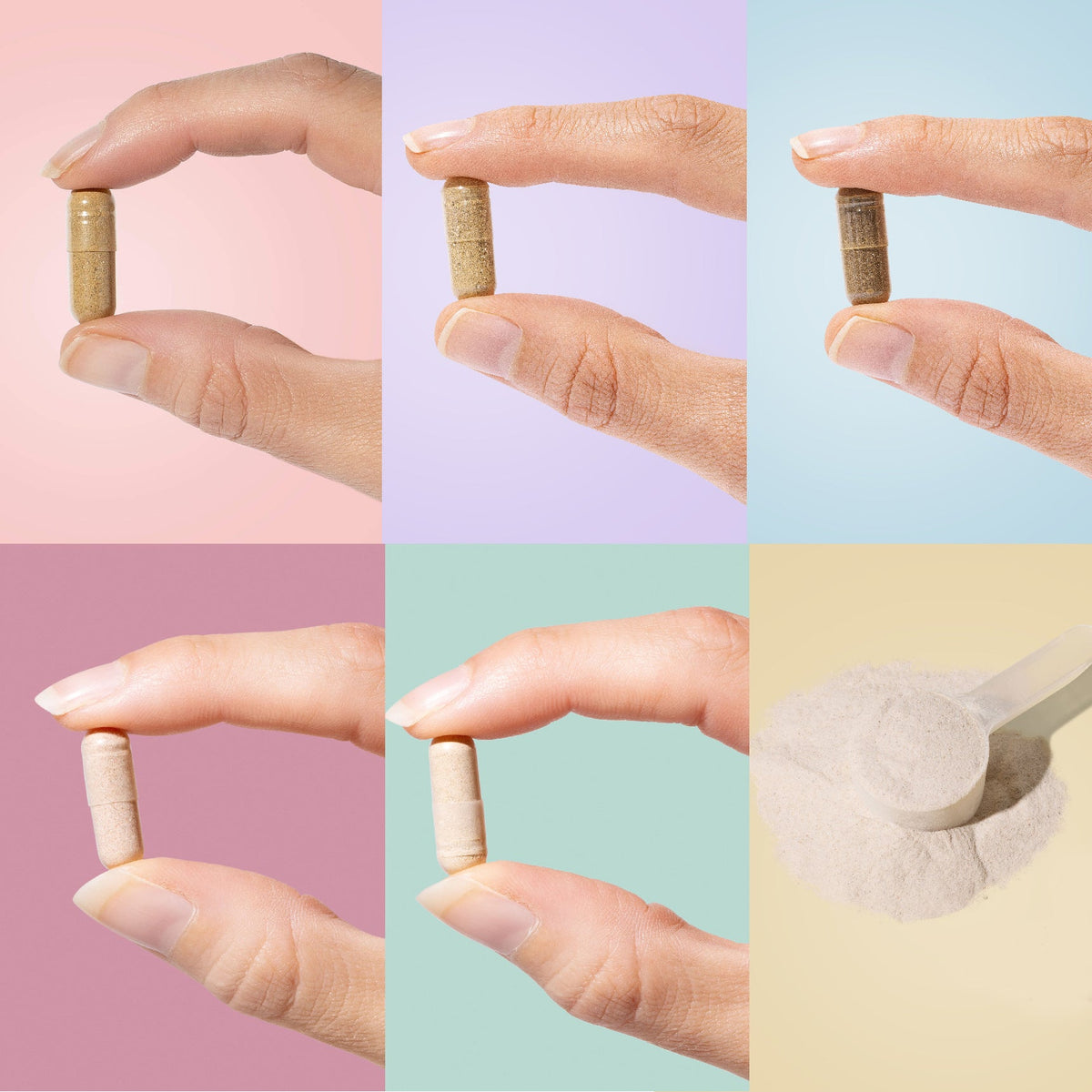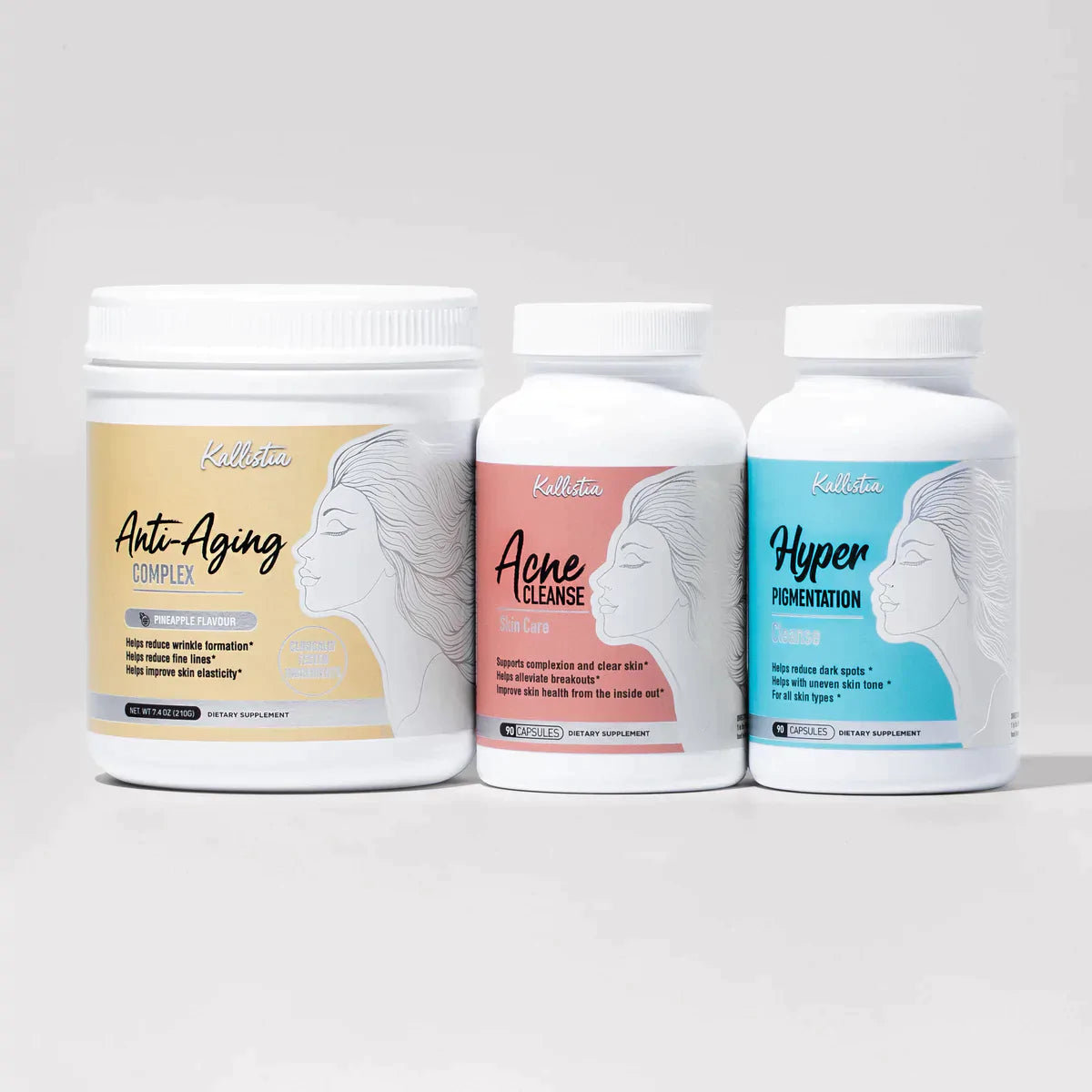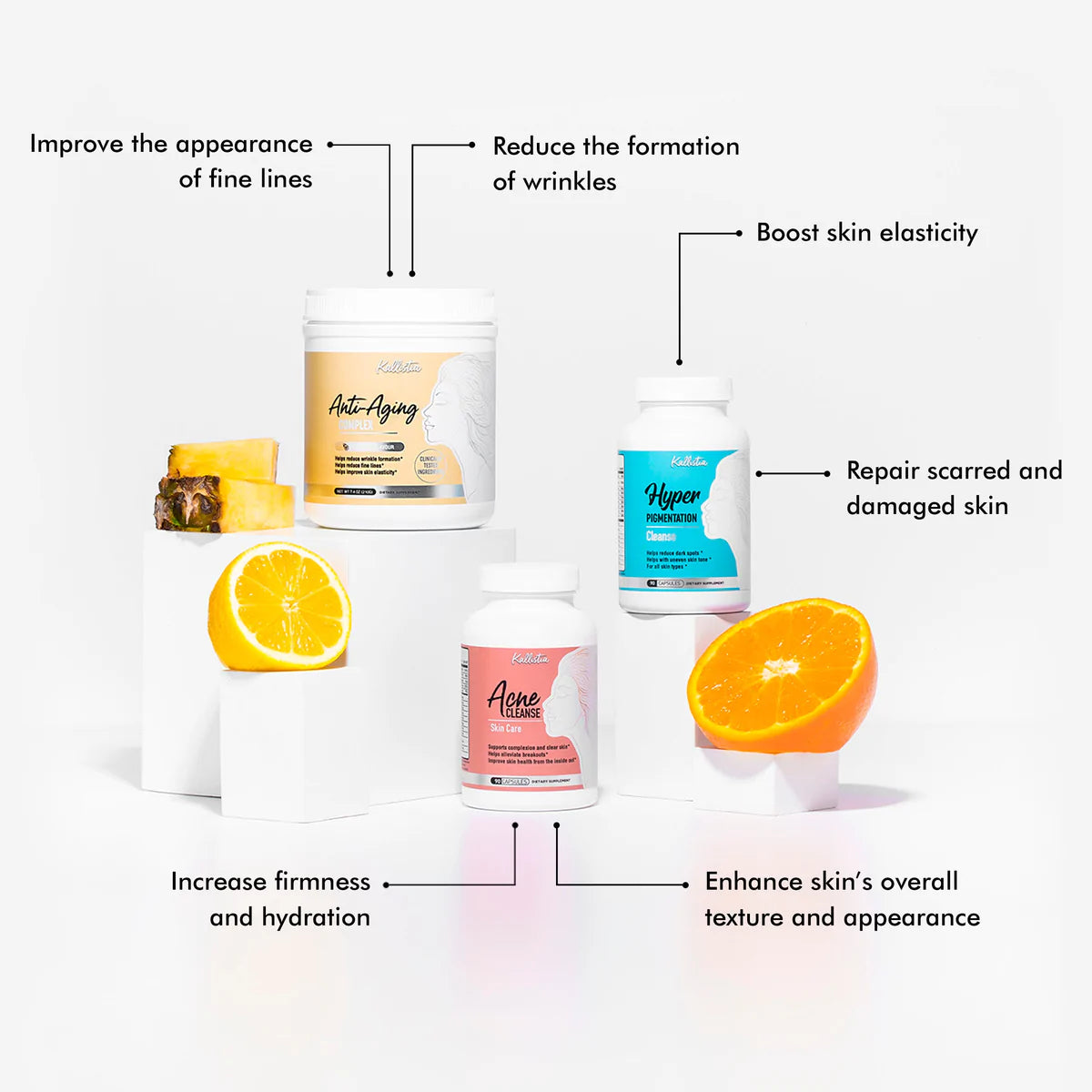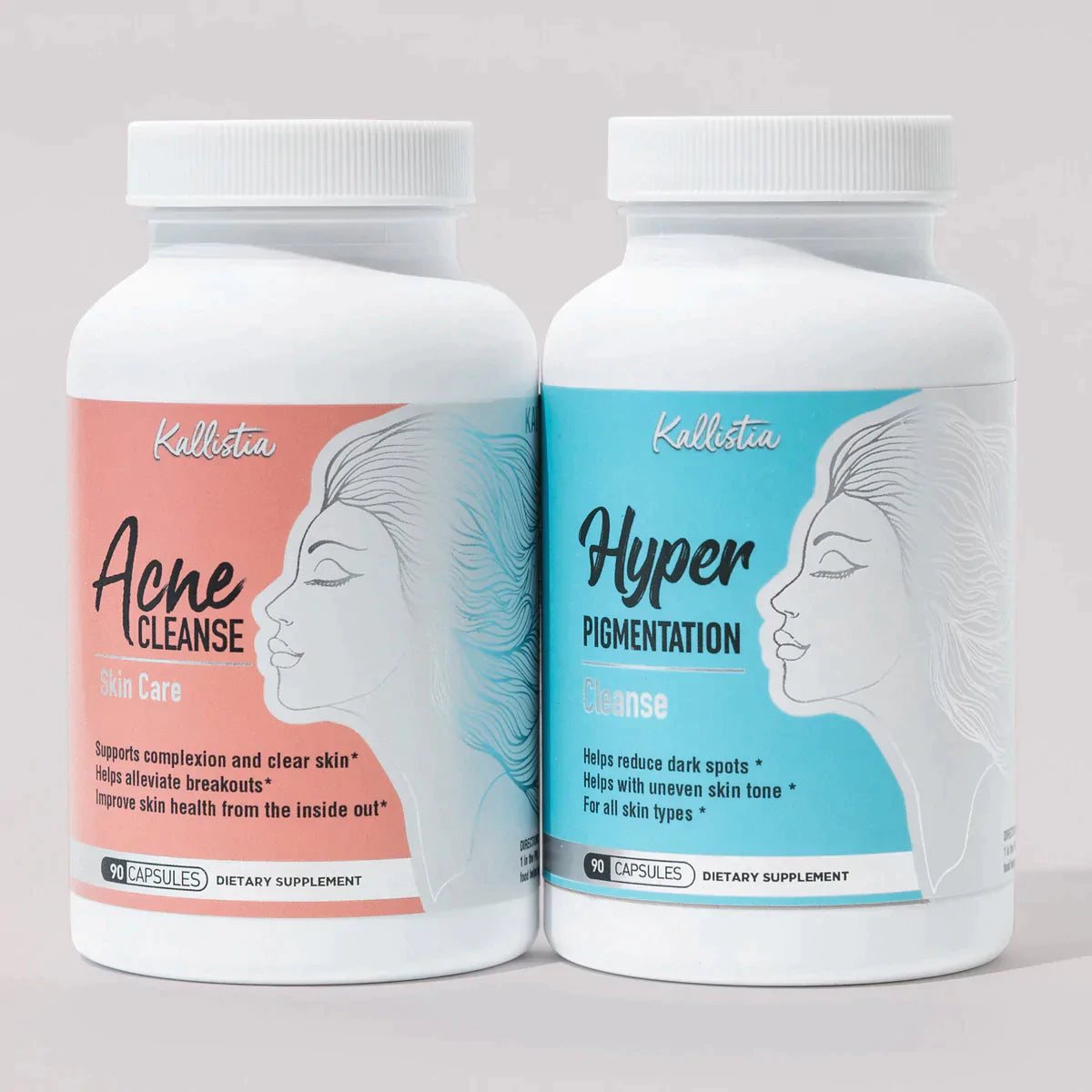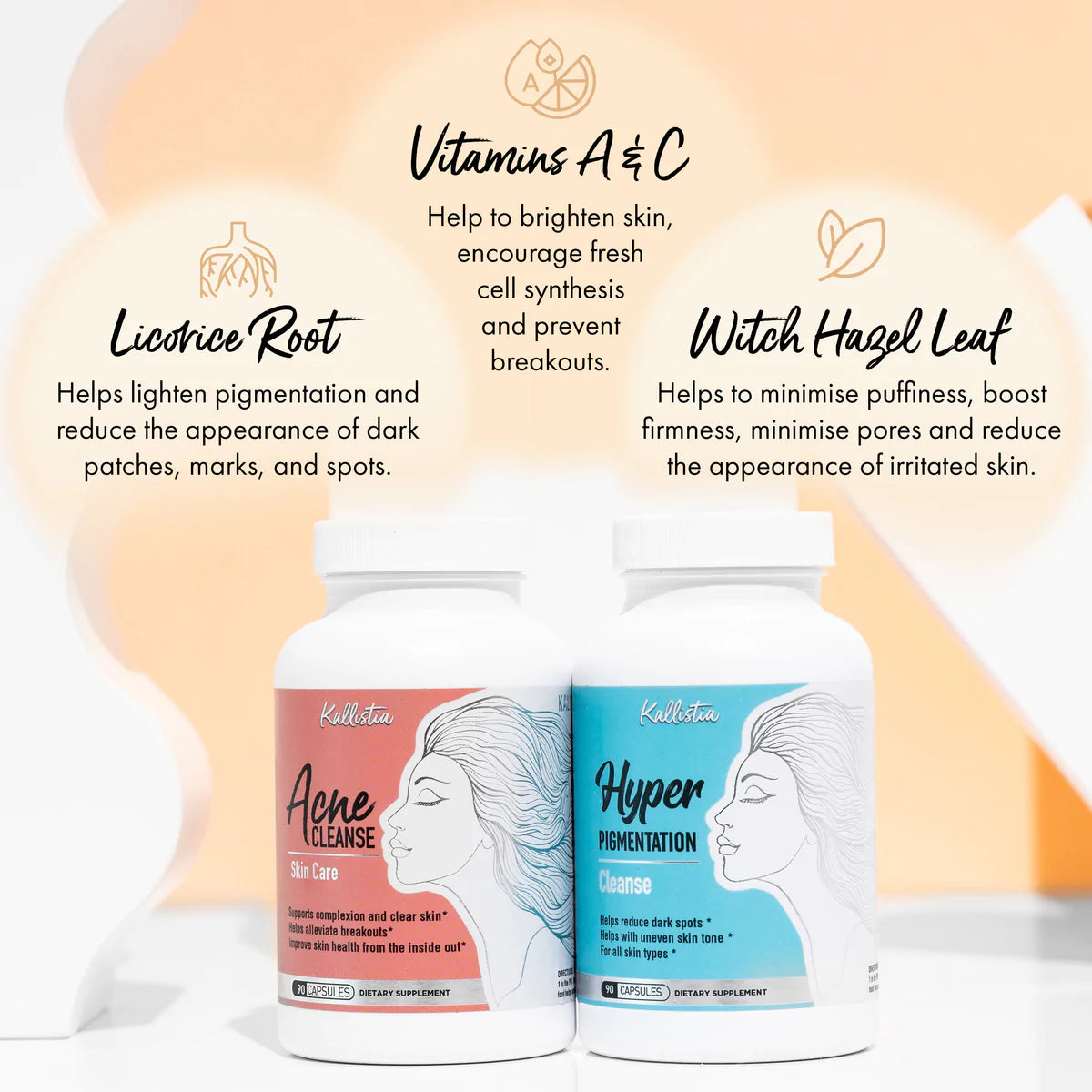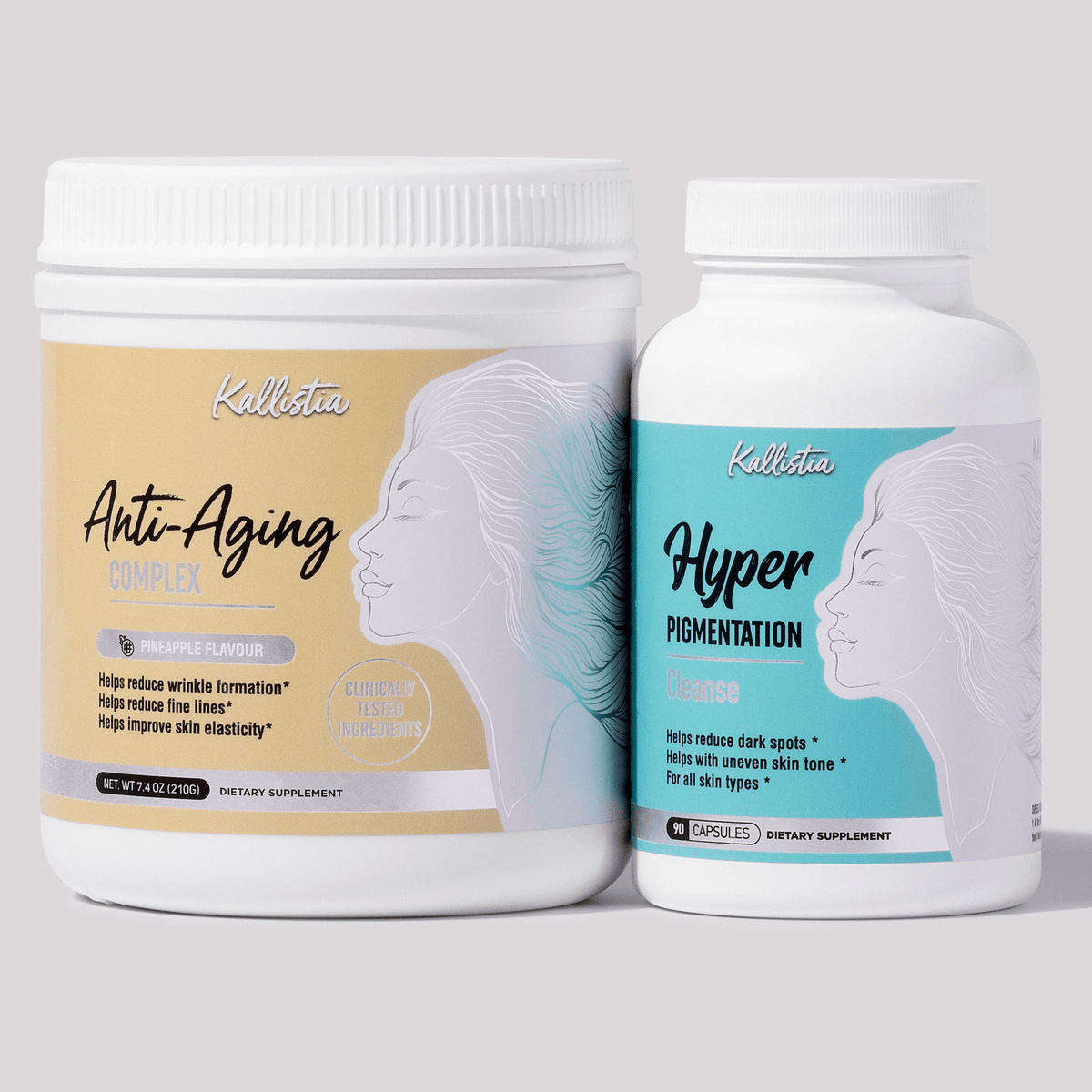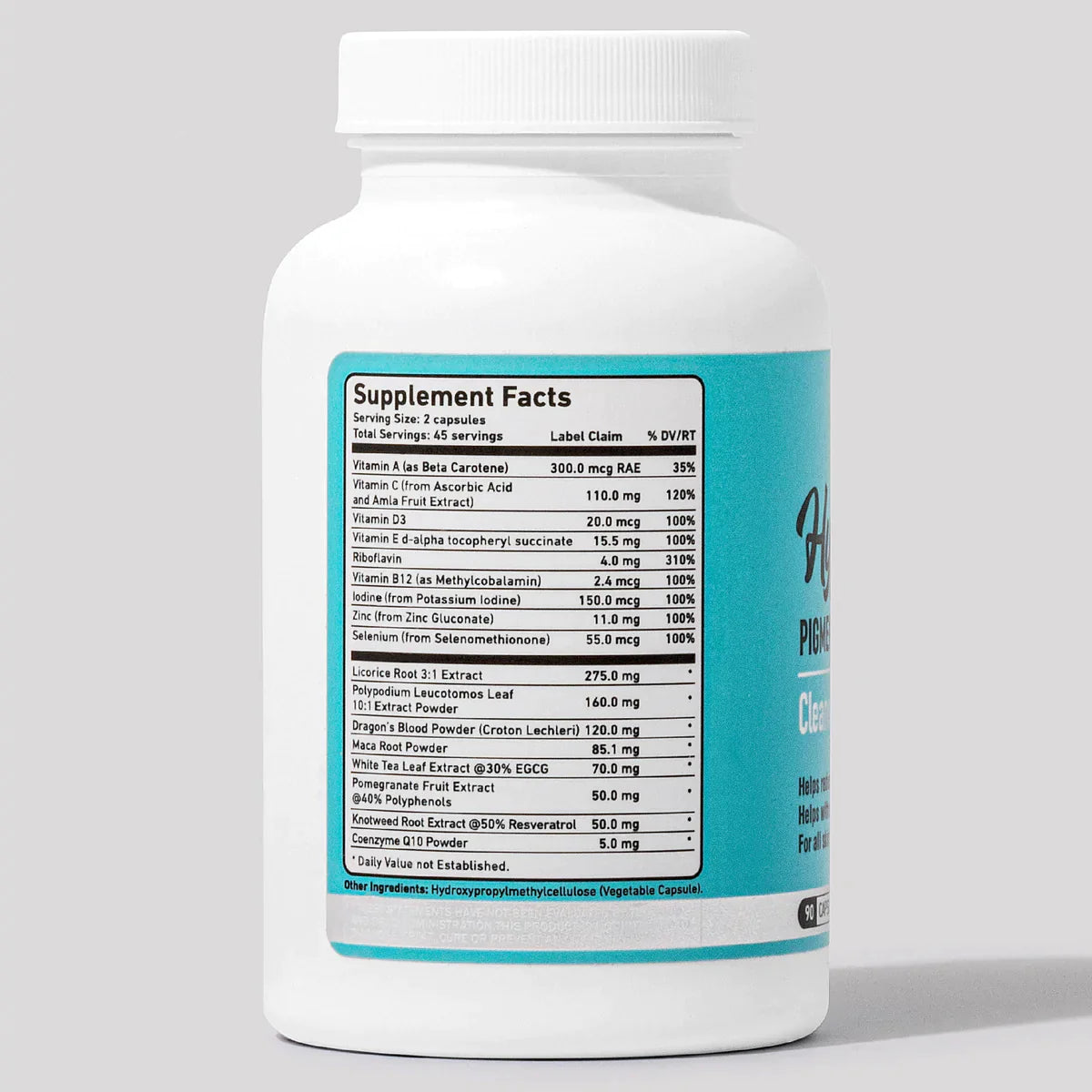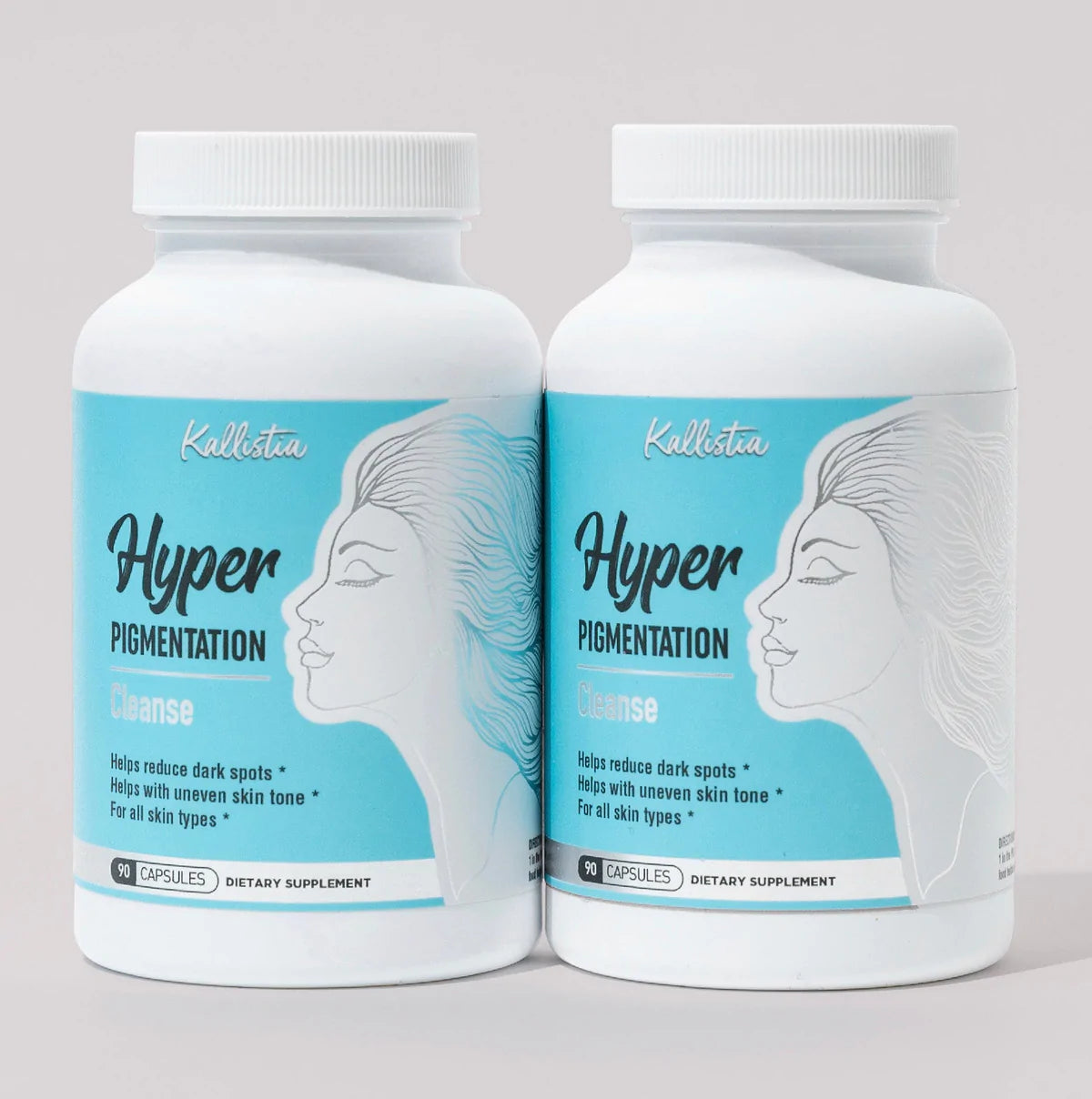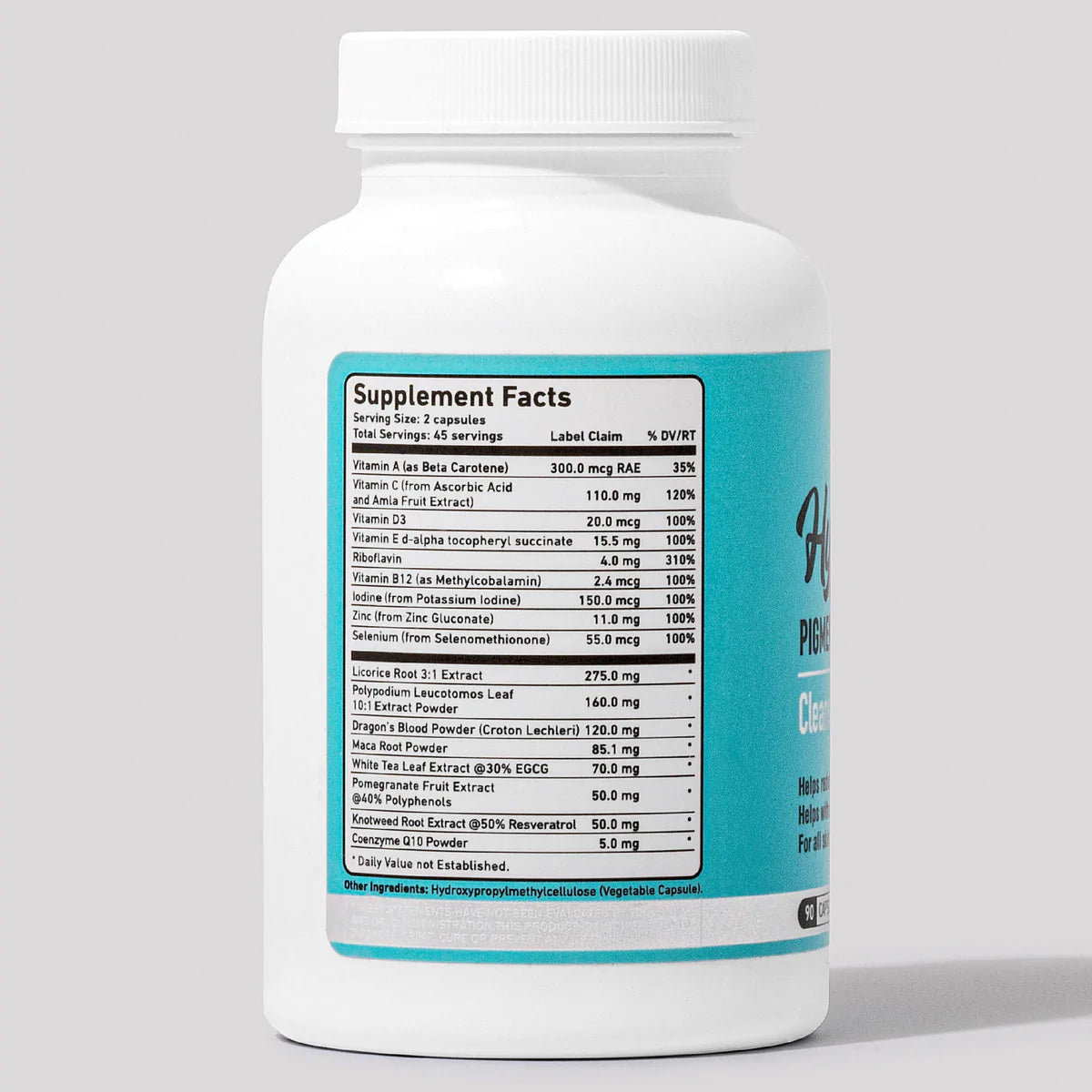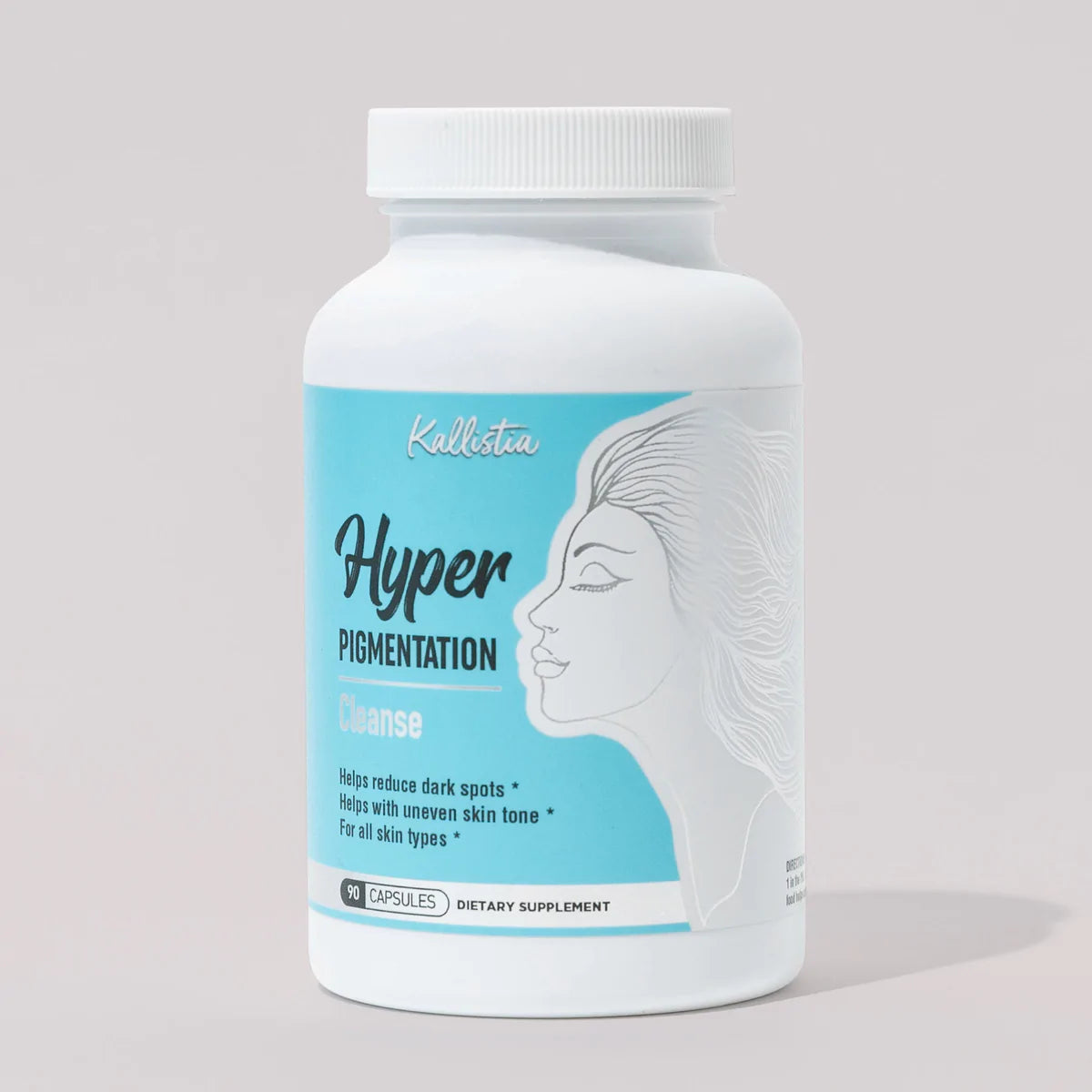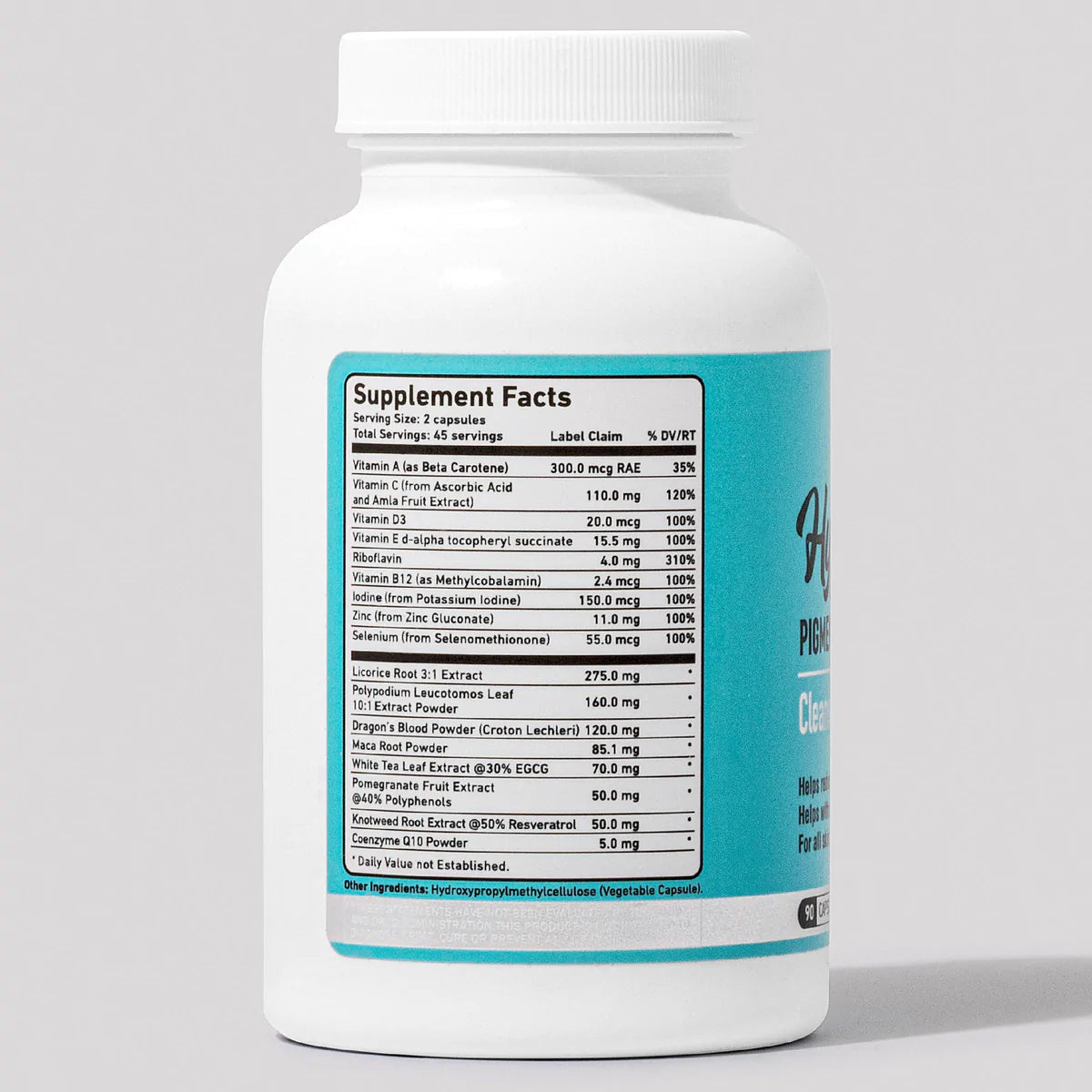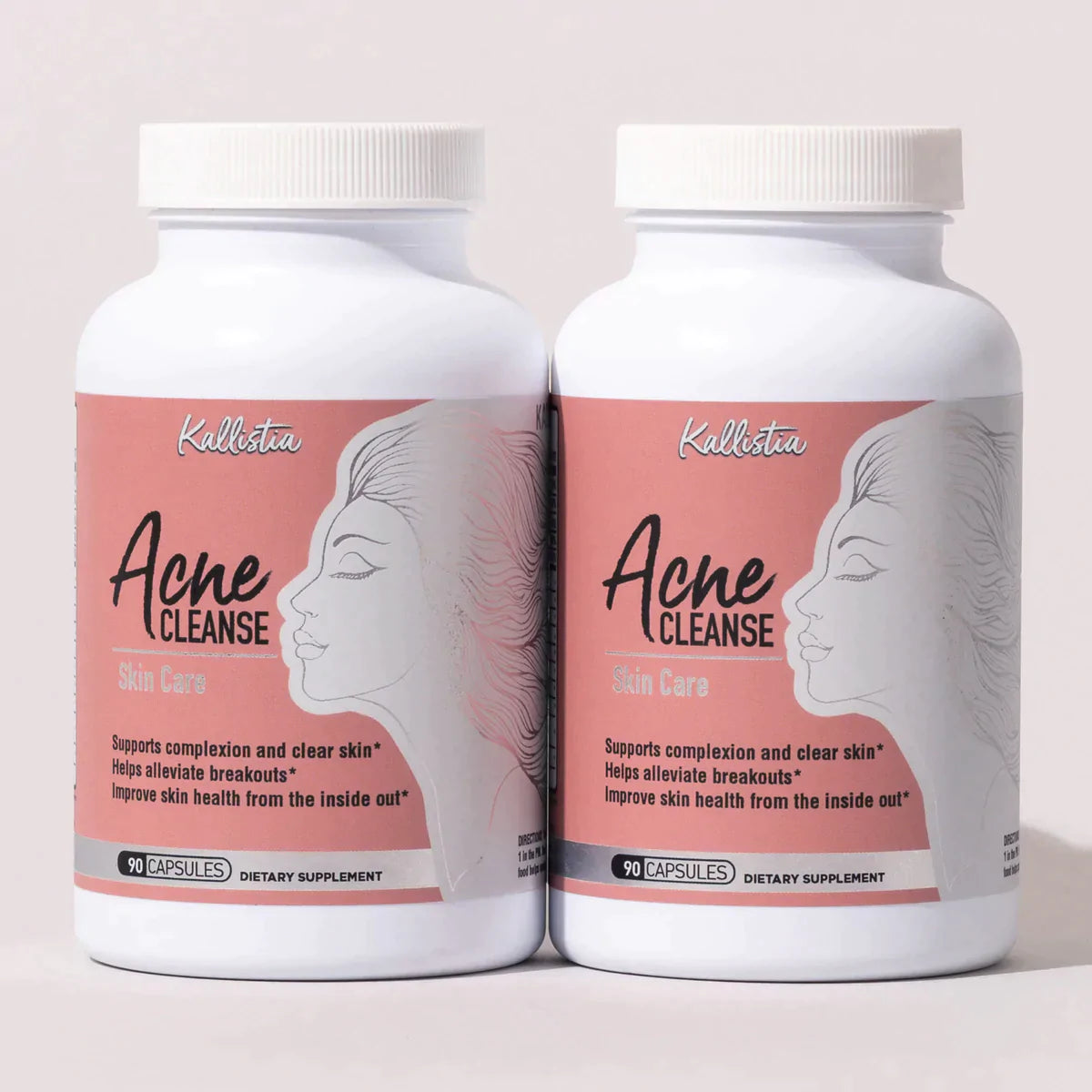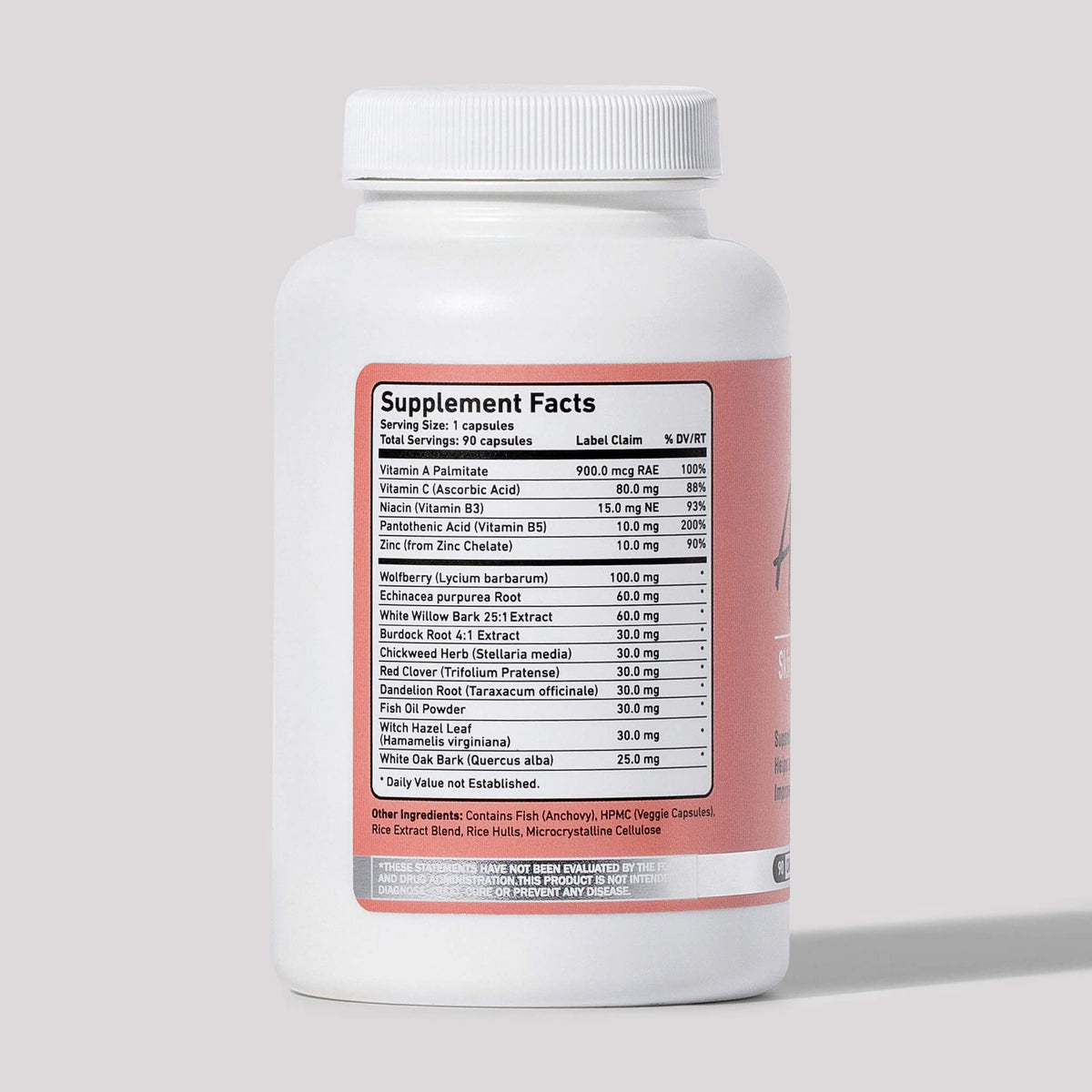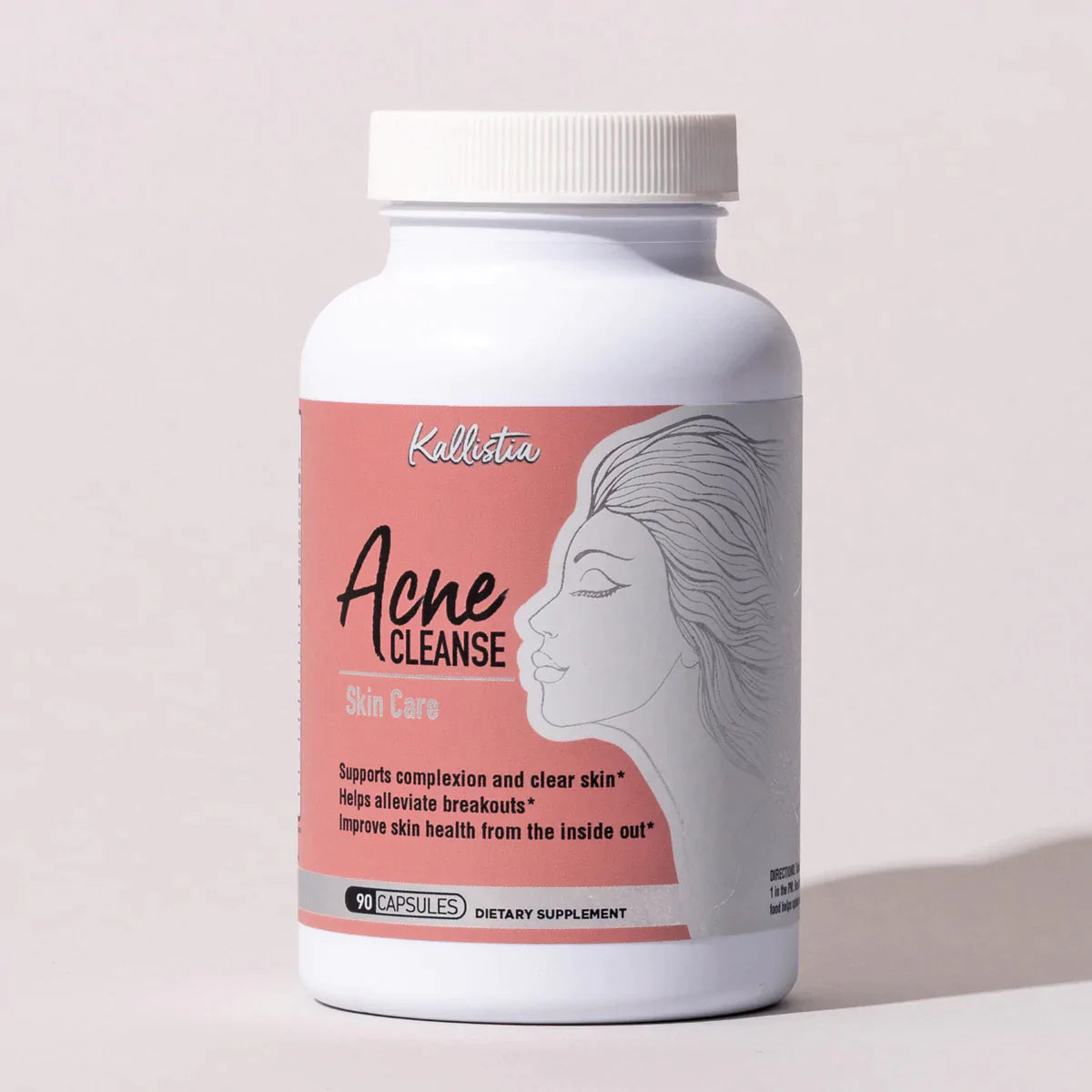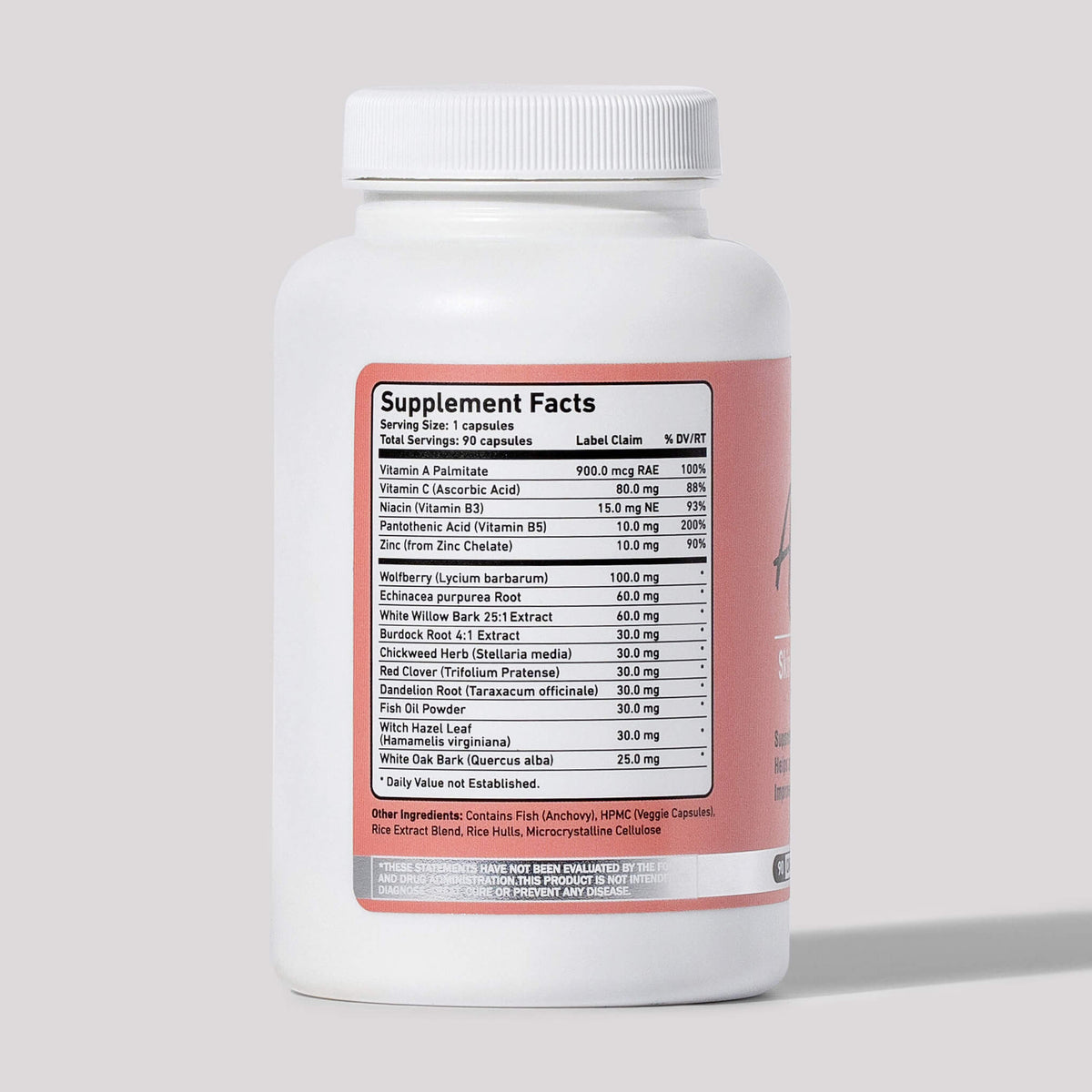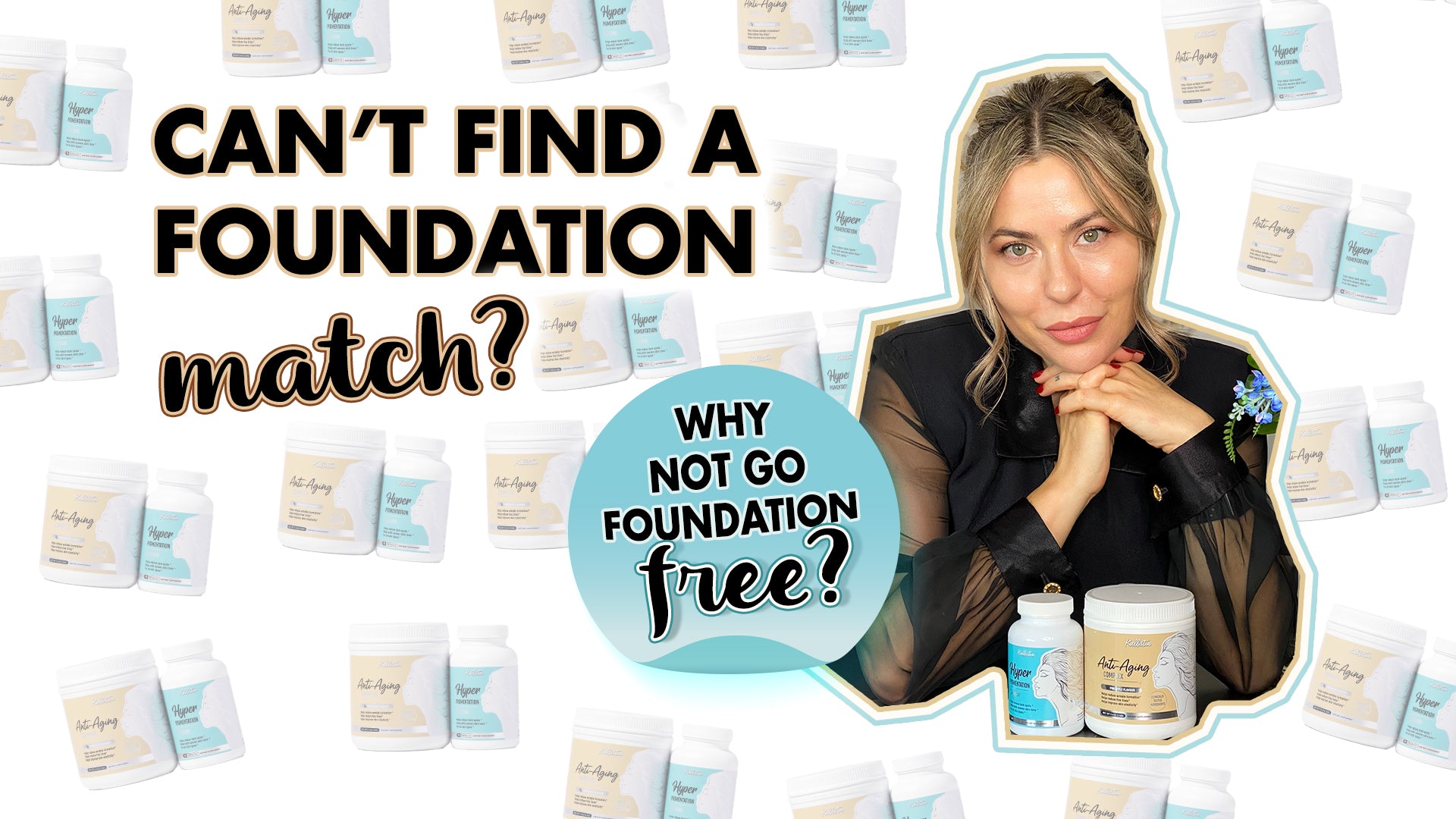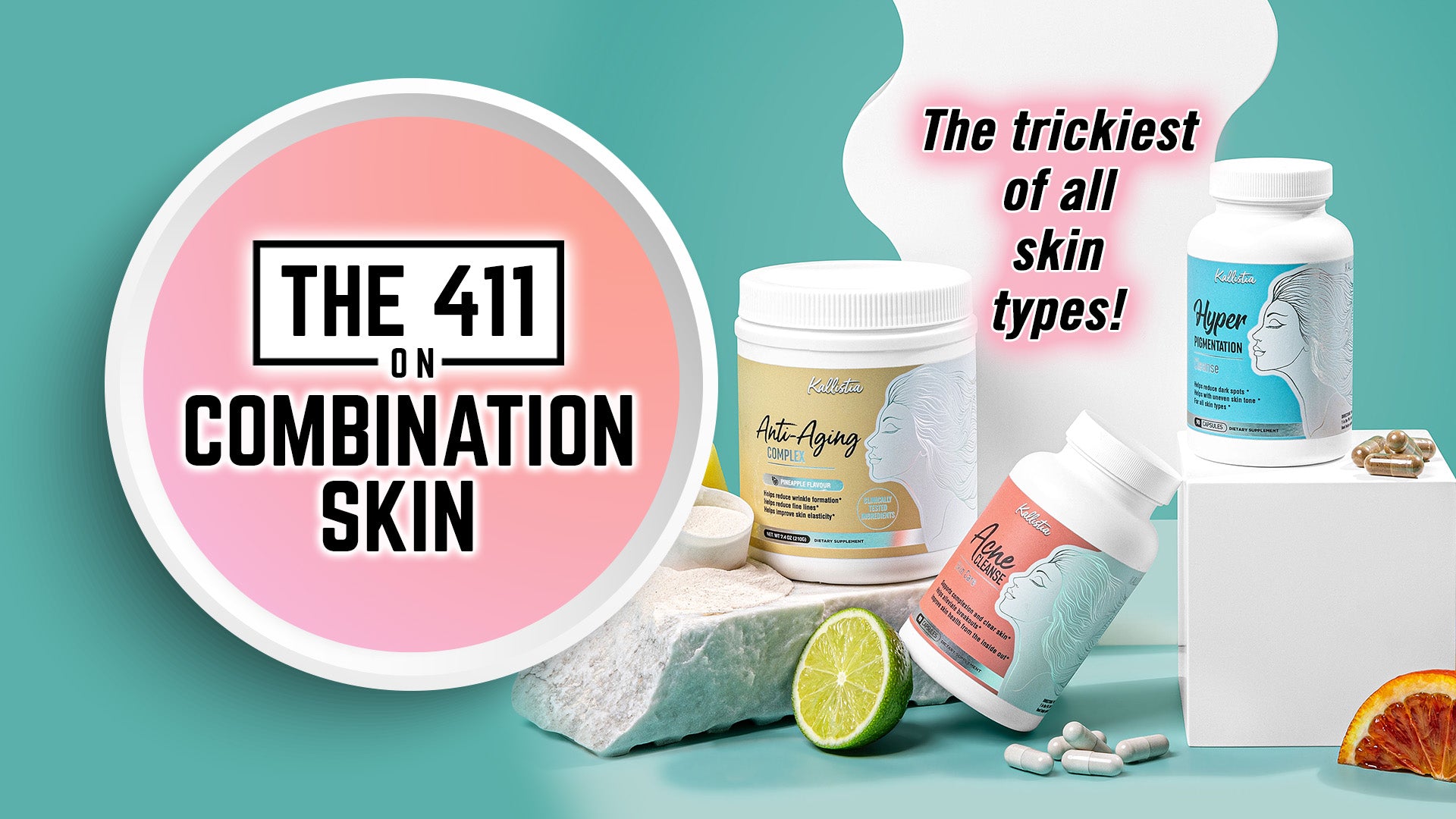You may have heard me talk quite a bit about sebum & the bodies’ sebum production in relation to acne & breakouts. If you found yourself wondering “What is sebum?” then keep reading. I am going to give you the low down on this sticky stuff and why it is something to keep in mind if you have ever struggled with breakouts or found yourself reaching for the pressed powder to blot the shine throughout the day!
…So what is sebum?
Sebum is an oily, waxy substance produced by the sebaceous glands in the skin. The face and scalp typically produce the most sebum. Specifically, the forehead, nose, and chin area (known as the T-zone) tend to have higher sebum production, while the cheeks may produce less sebum. Additionally, the scalp has numerous sebaceous glands, leading to significant sebum production to lubricate the hair and scalp.
…Why do we need it?
We need sebum because it helps to moisturize and protect our skin and hair. Sebum acts as a natural barrier, keeping our skin hydrated, soft, and protected from environmental factors like dryness, pollutants, and harmful microorganisms. Additionally, sebum helps to lubricate the hair shaft, keeping it flexible and preventing breakage.
…What does too much of it cause?
Excess sebum production can lead to oily skin, acne breakouts, enlarged pores, and inflammation. It can also contribute to skin texture irregularities and conditions like seborrheic dermatitis, causing discomfort and affecting overall skin appearance.
…What does too little of it cause?
Too little sebum can cause dry skin, leading to flakiness, tightness, and an increased risk of irritation and sensitivity. In addition to dryness, insufficient sebum production can also result in a compromised skin barrier, making the skin more susceptible to external aggressors and reducing its ability to retain moisture effectively. This can lead to irritation, discomfort/sensitivity and an overall dull complexion.
…How do we regulate our bodies’ production of it?
As sebum production starts from within, we are best to address it in the same way. There as some great natural compounds that can help with regulating the body’s sebum production.
Vitamin A promotes healthy skin cell turnover, preventing pores from becoming clogged and reducing excess oiliness.
Witch hazel acts as an astringent, tightening pores and diminishing the appearance of oily skin.
Fish oil powder, rich in omega-3 fatty acids, reduces inflammation in the skin and balances lipid levels, promoting overall skin health.
White oak bark contains tannins that cleanse and tighten the skin, minimizing excess oiliness and pore size.
White willow bark, with its salicin content, acts as a natural exfoliant, unclogging pores and regulating sebum production by promoting skin cell turnover.
Together, these ingredients help maintain a more balanced complexion by addressing inflammation, pore size, and skin cell turnover.
…What will this do to our overall complexion?
By controlling oiliness and minimizing excess sebum, you can achieve a more balanced and even skin tone. This will help reduce the appearance of enlarged pores, prevent acne breakouts, and promote a smoother, more even texture. Additionally, regulating sebum production can contribute to a healthier skin barrier, leading to better hydration and increased resilience against environmental stressors. Overall, a well-regulated sebum production can result in a clearer, more youthful-looking complexion.
…Which Kit is best for your concerns?
Oily Skin & Breakouts?
The 3 Month Acne Cleanse Kit
Oily skin with dark spots, hyperpigmentation &/or acne scars?
The Clear Complexion Kit
Oily skin or dry skin, with dullness, flakiness, wrinkles, dark spots, sagging, melasma, acne scars, &/or hyperpigmentation?
The Perfect Skin Kit
It's time to regulate your sebum production & reveal your very best skin!
Talk soon,
K xx

